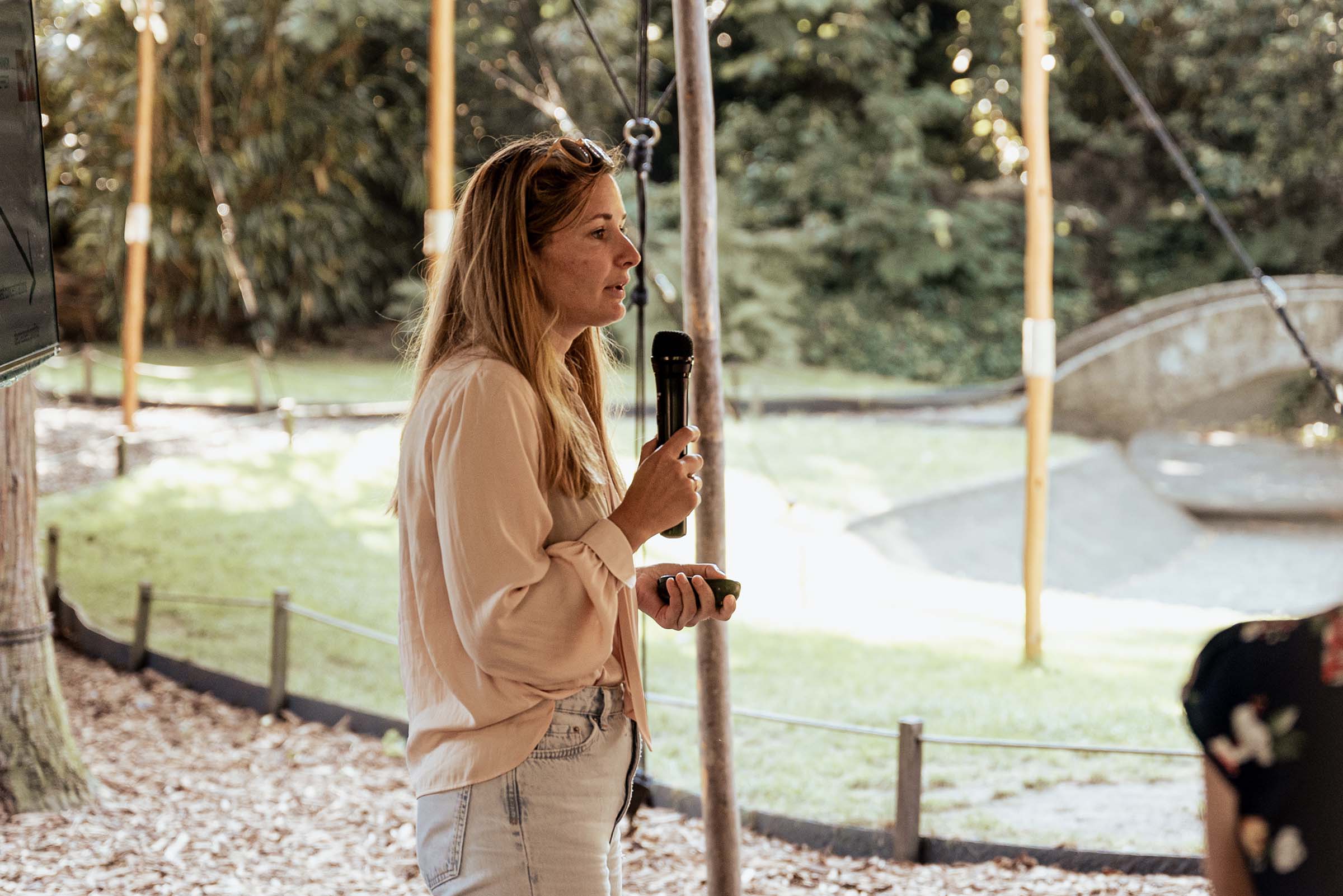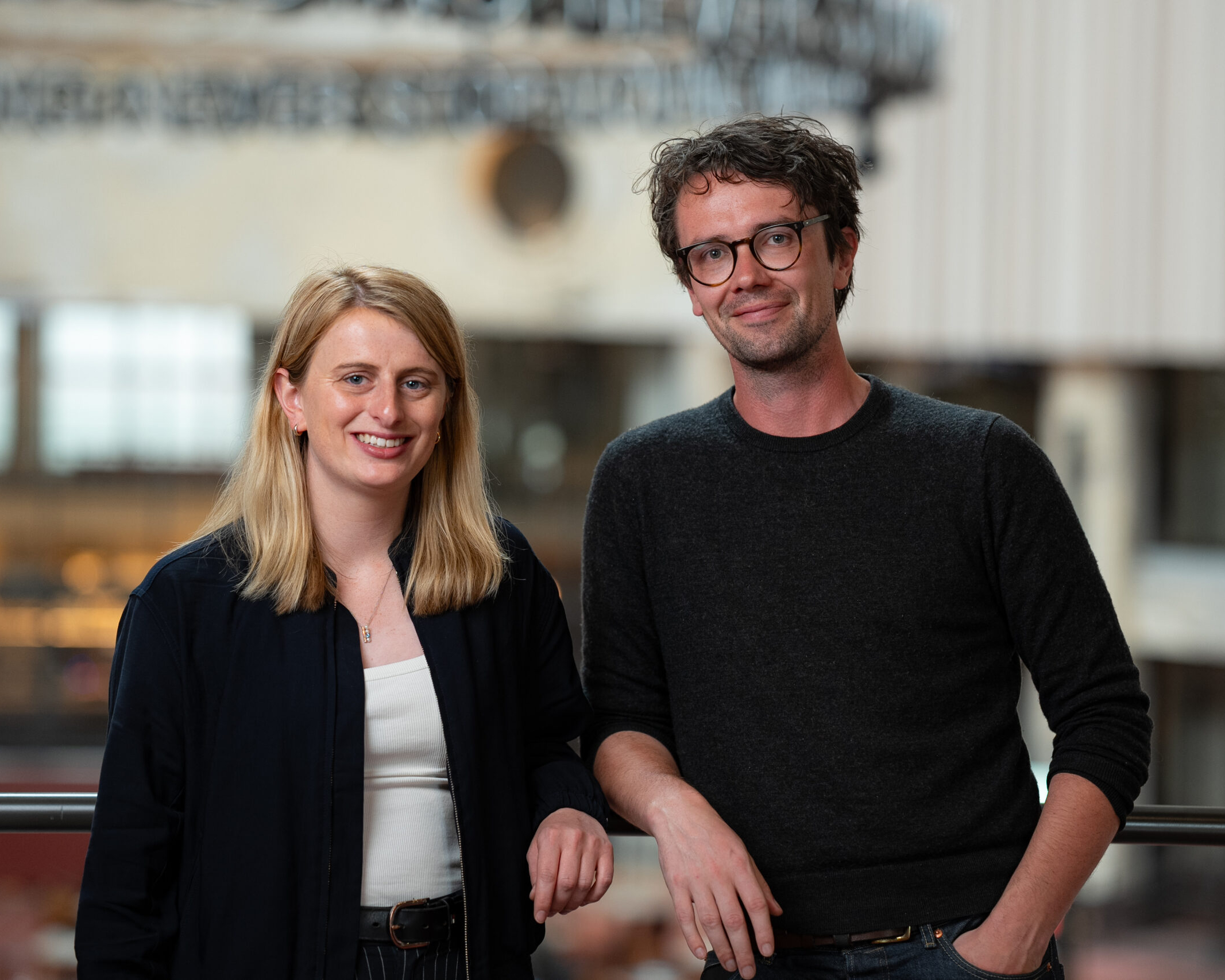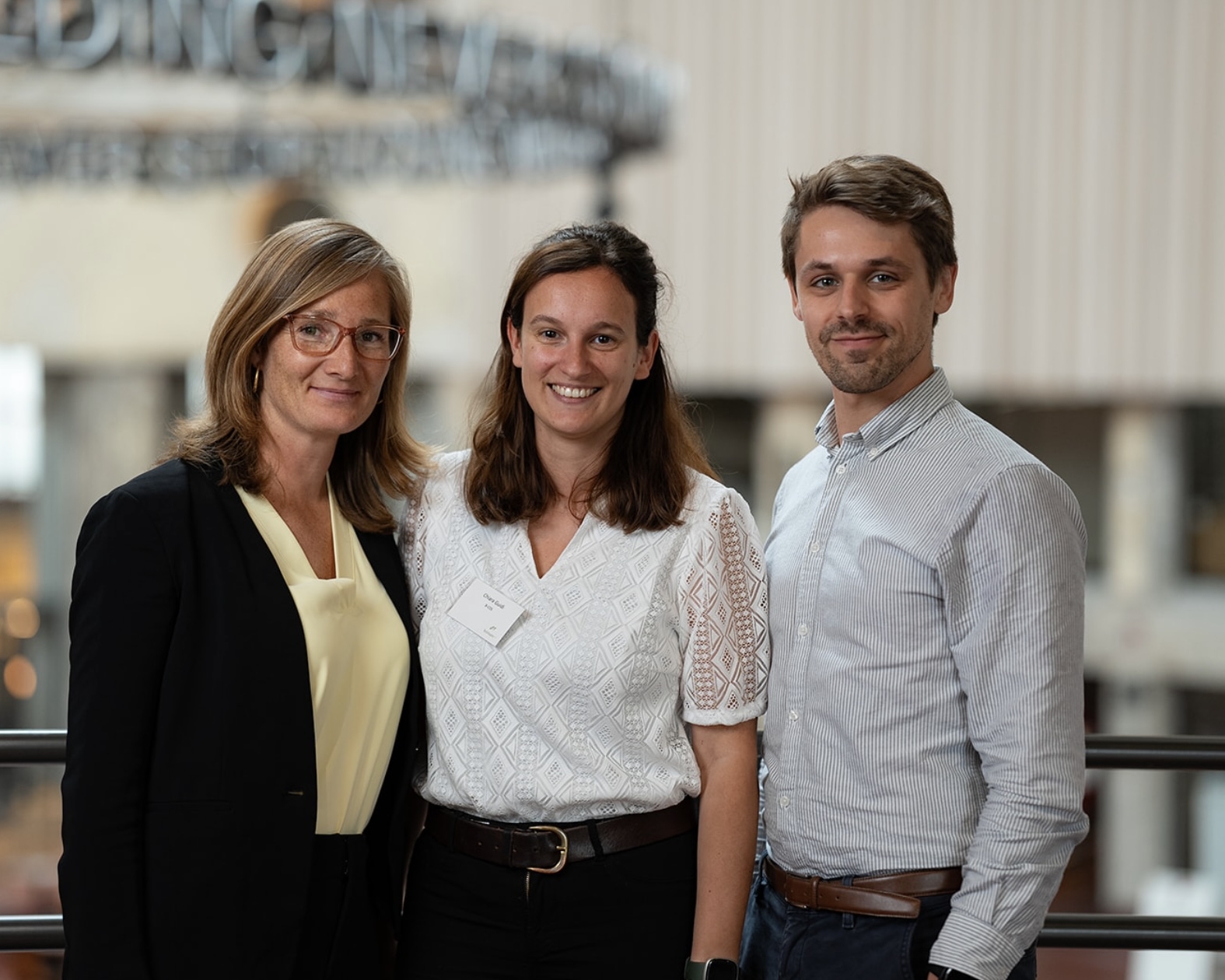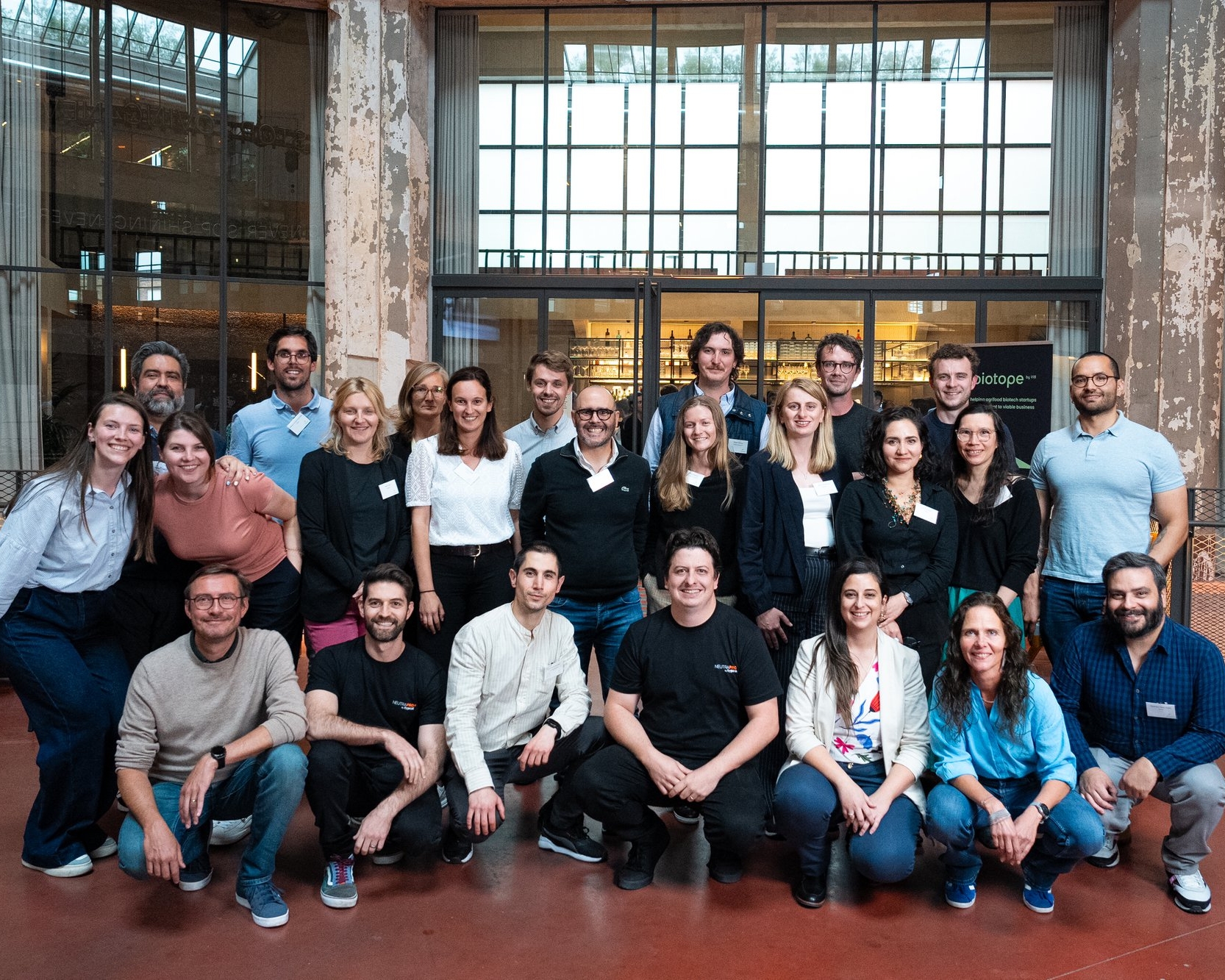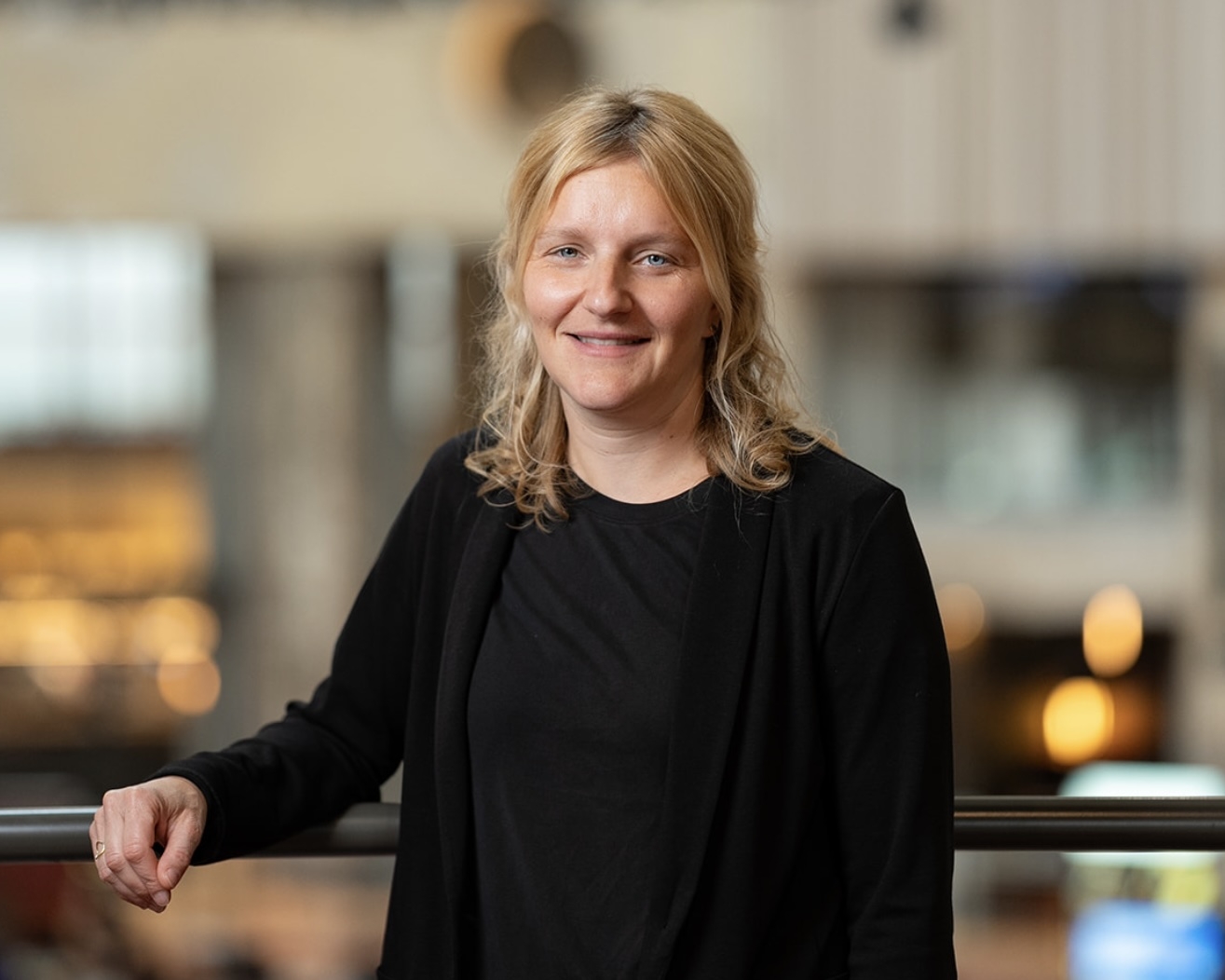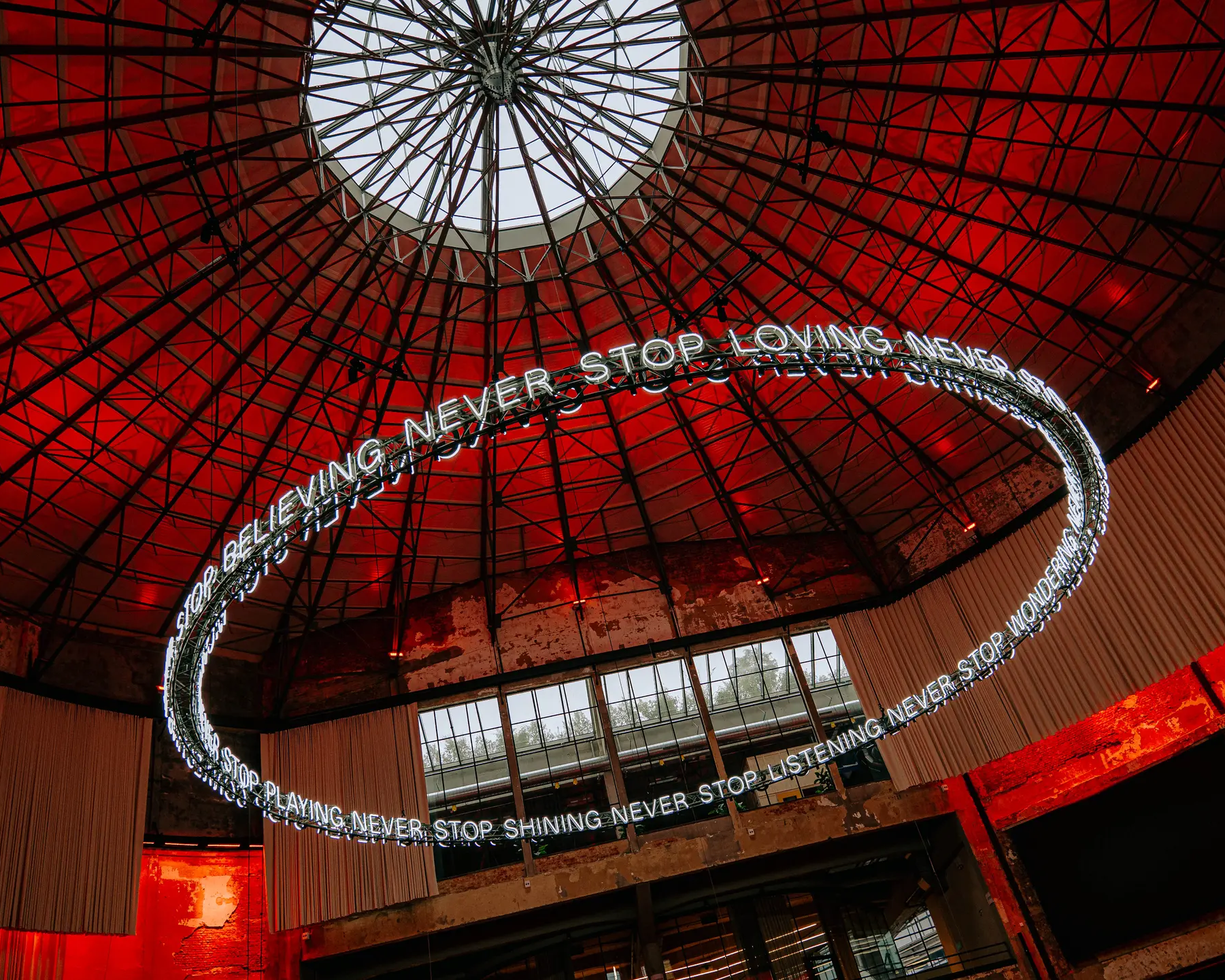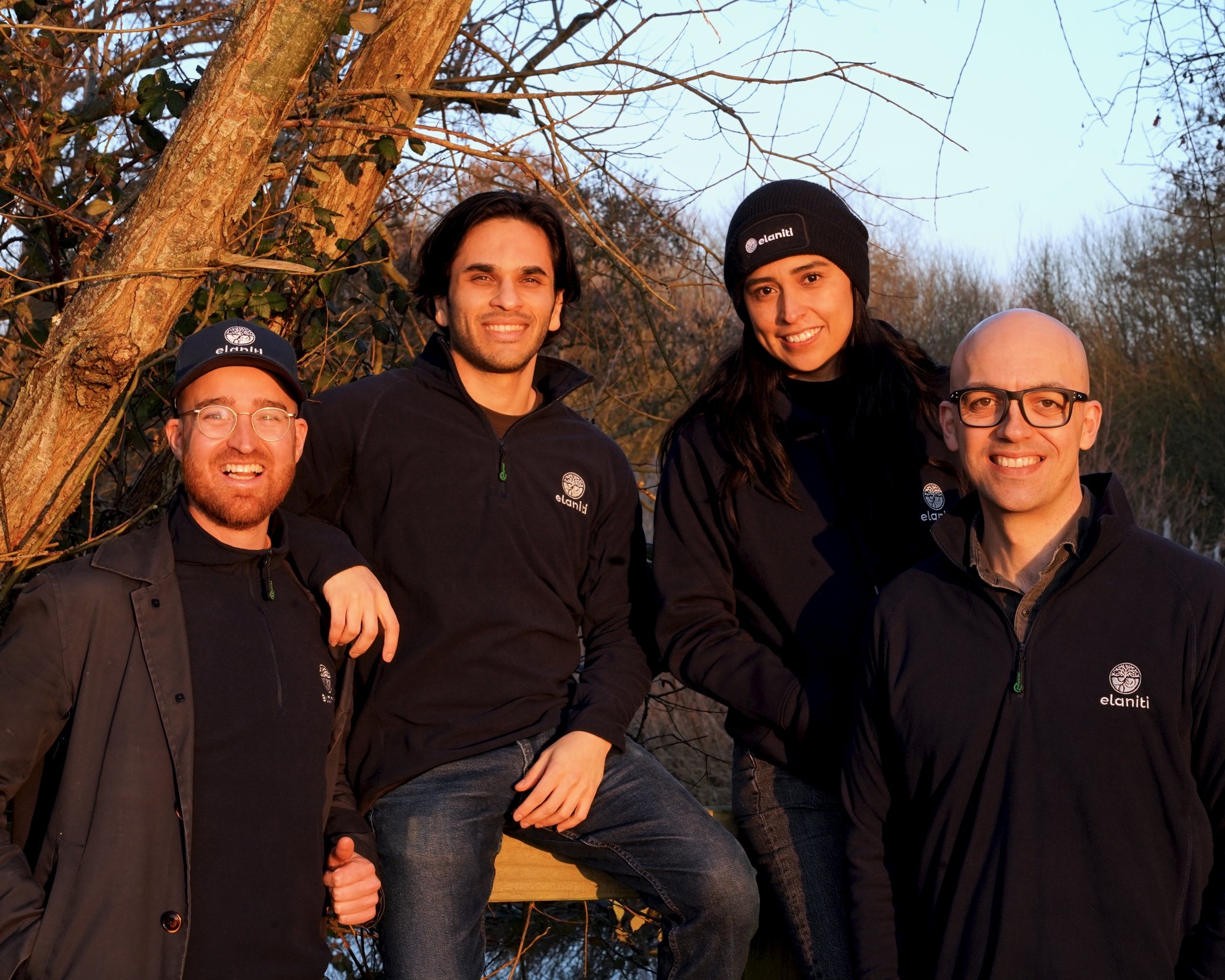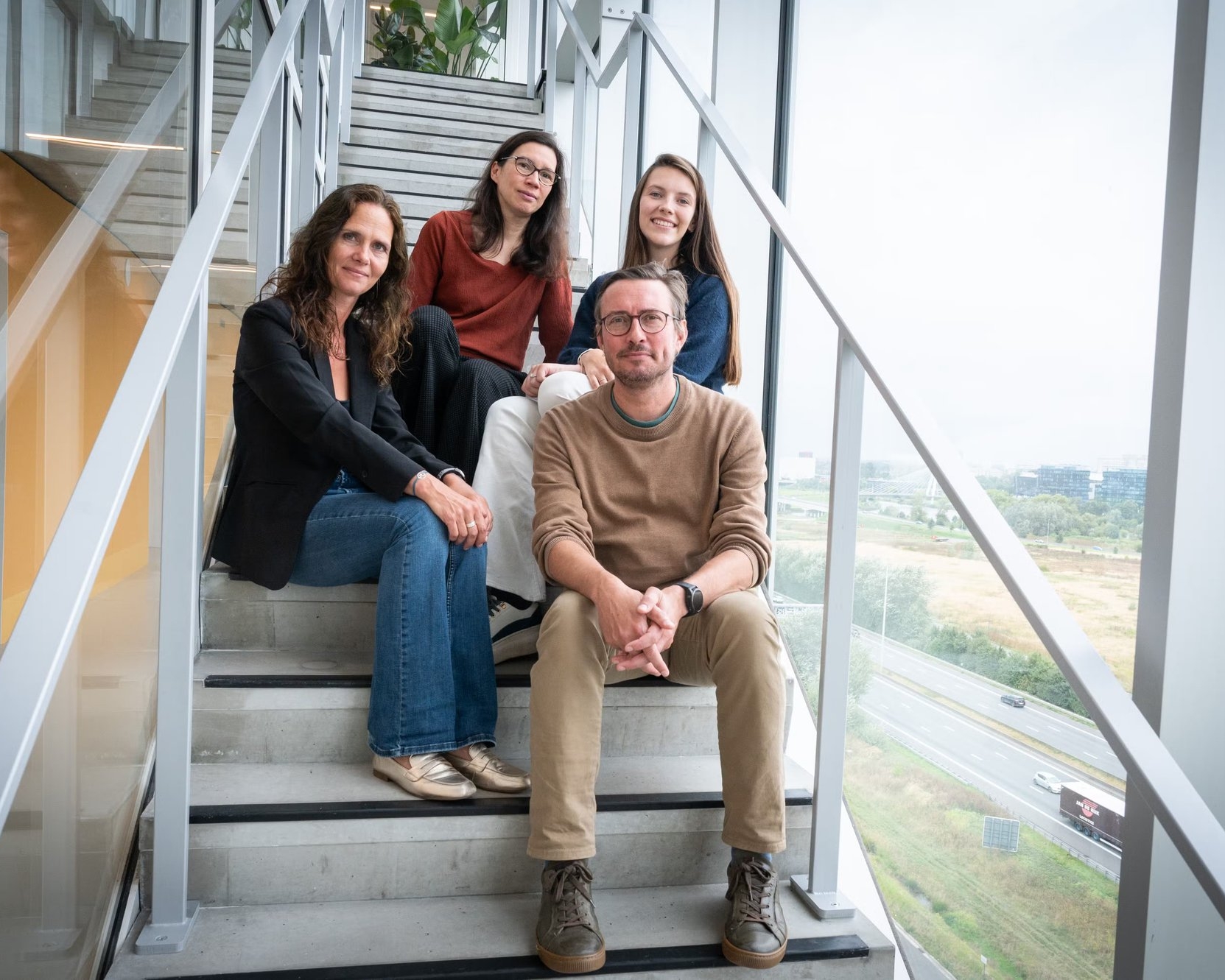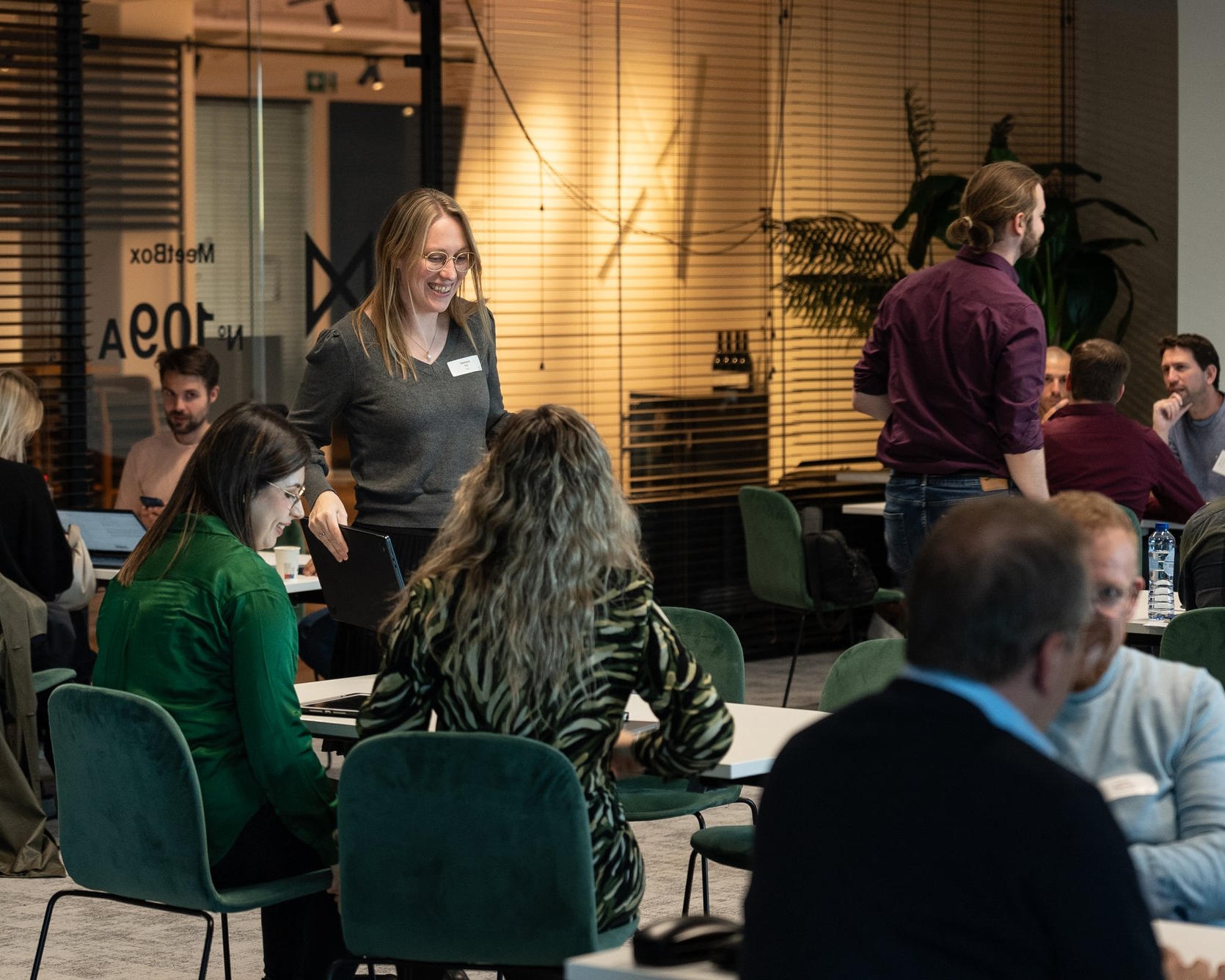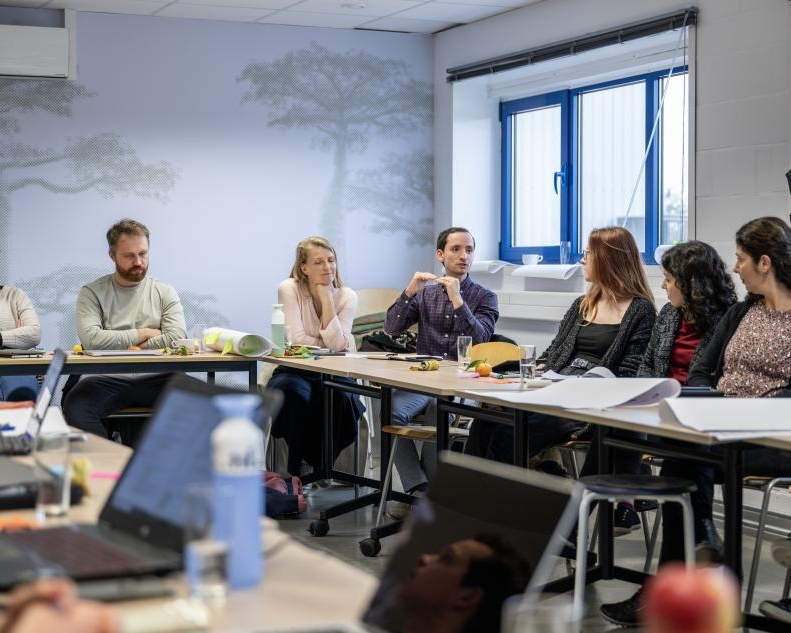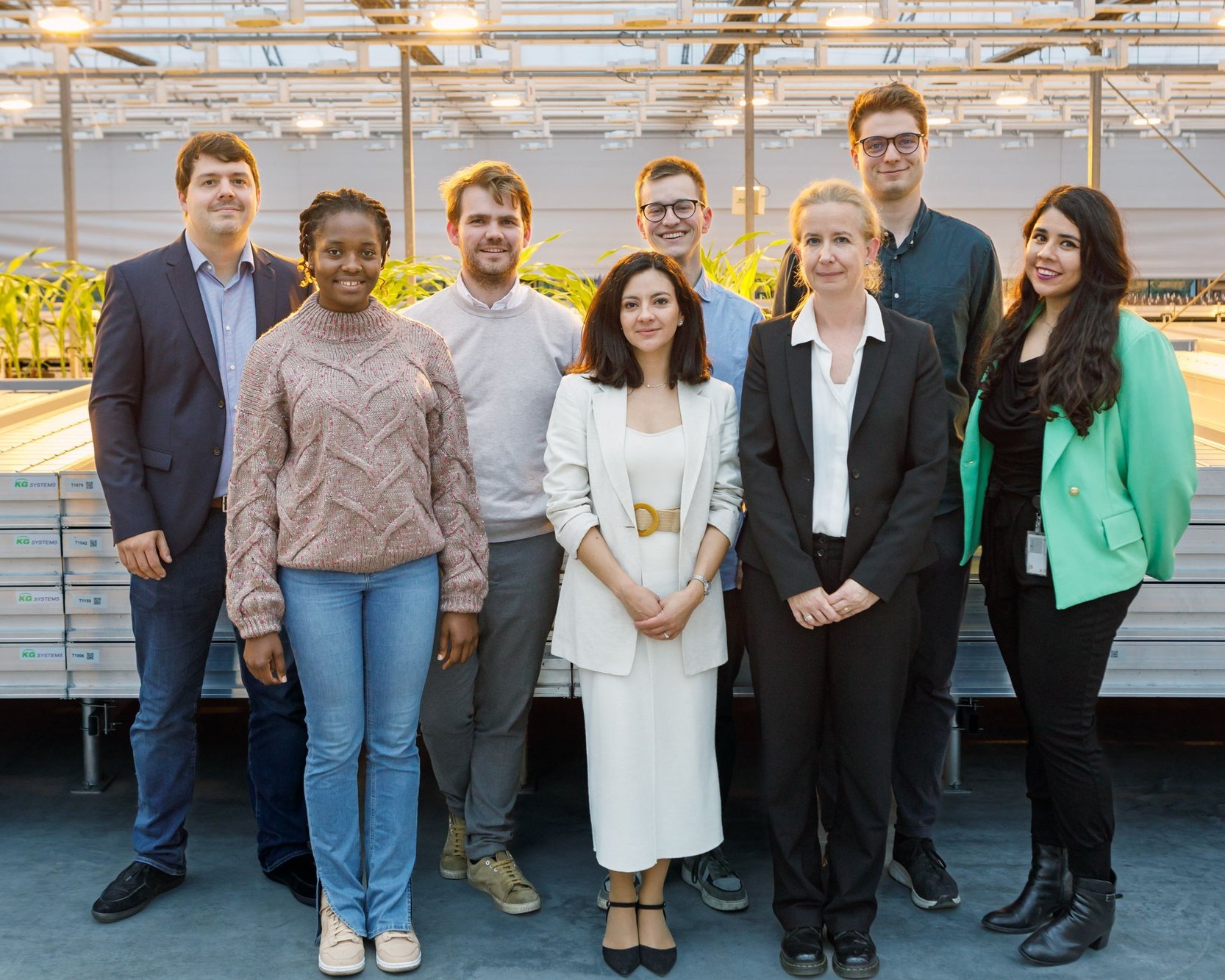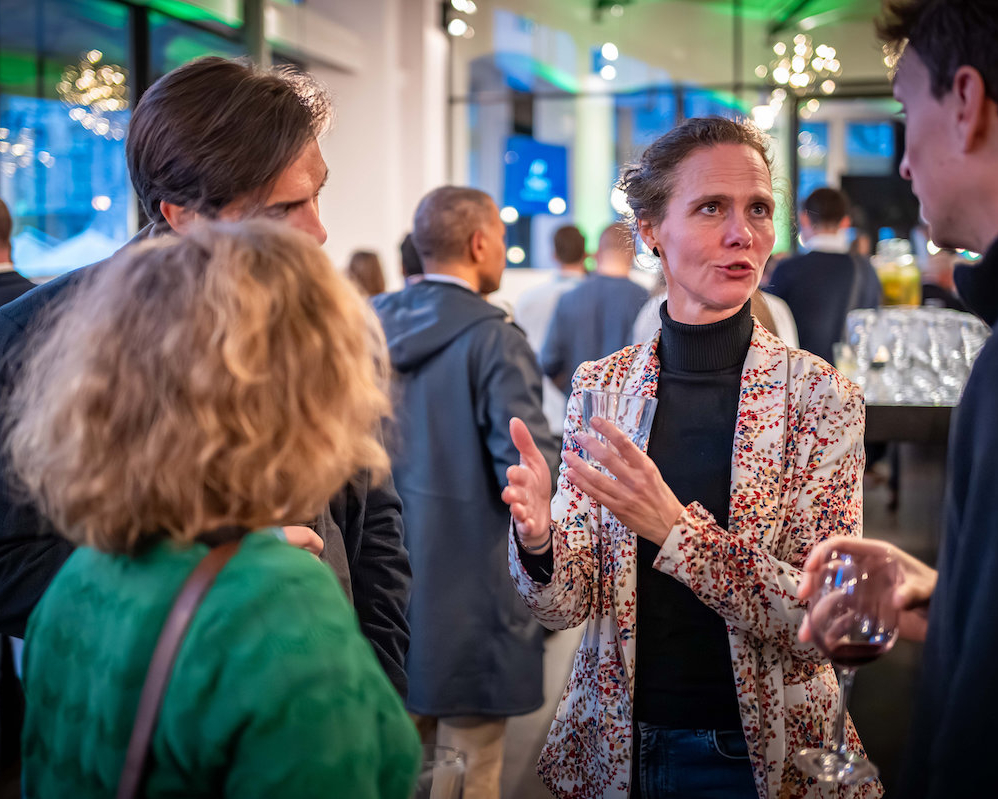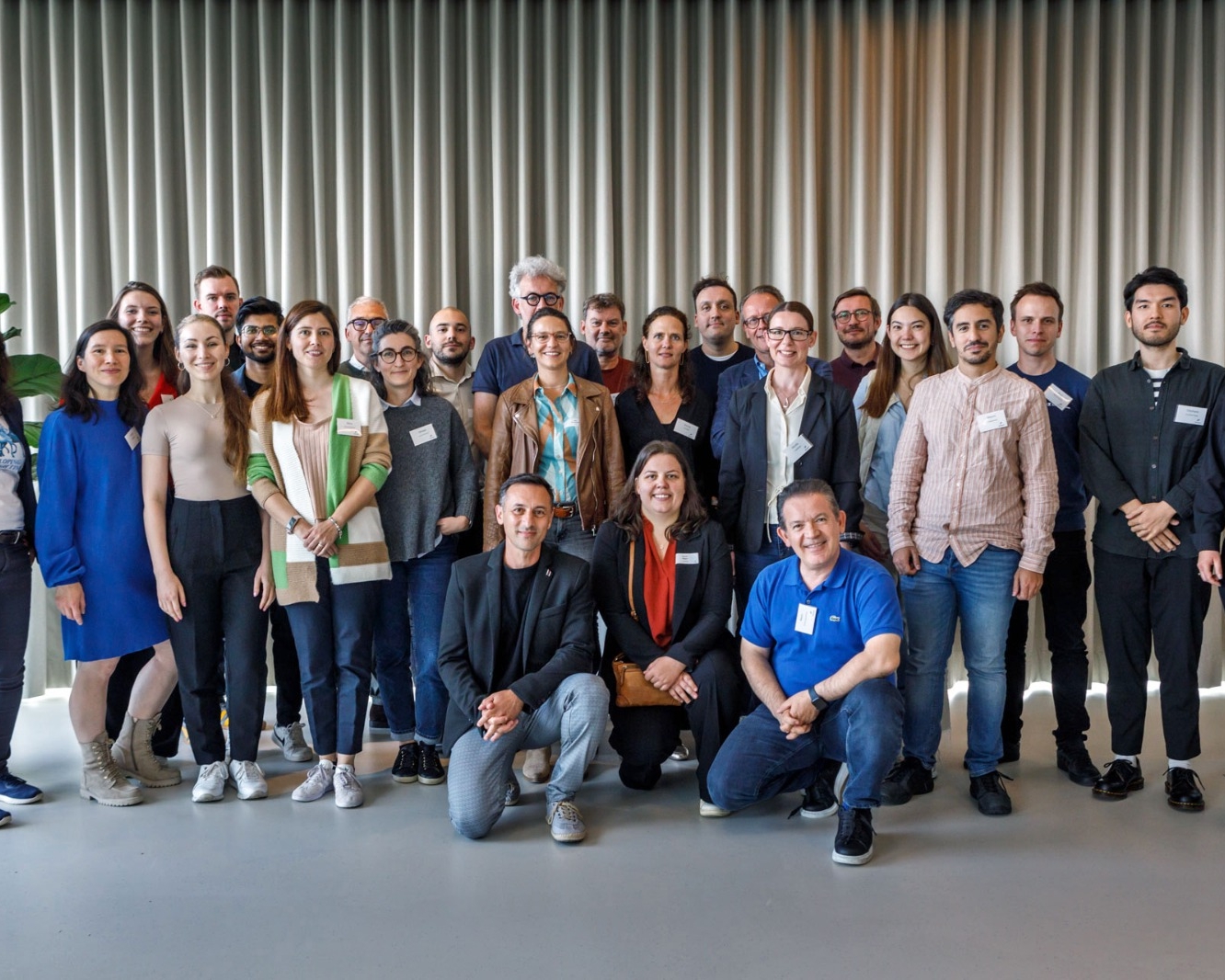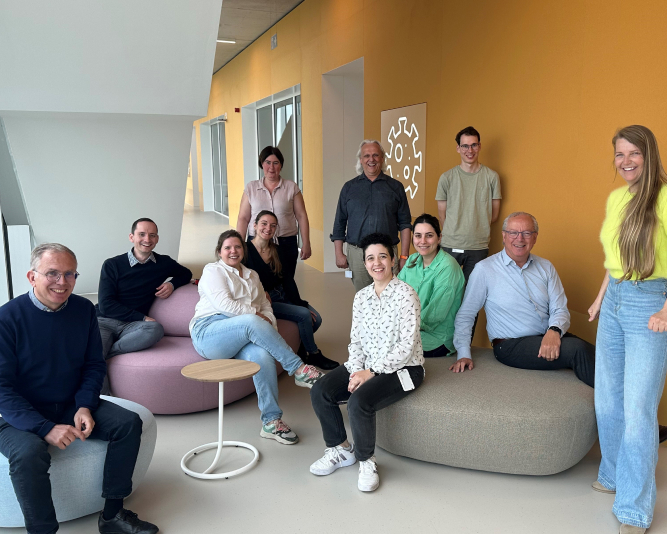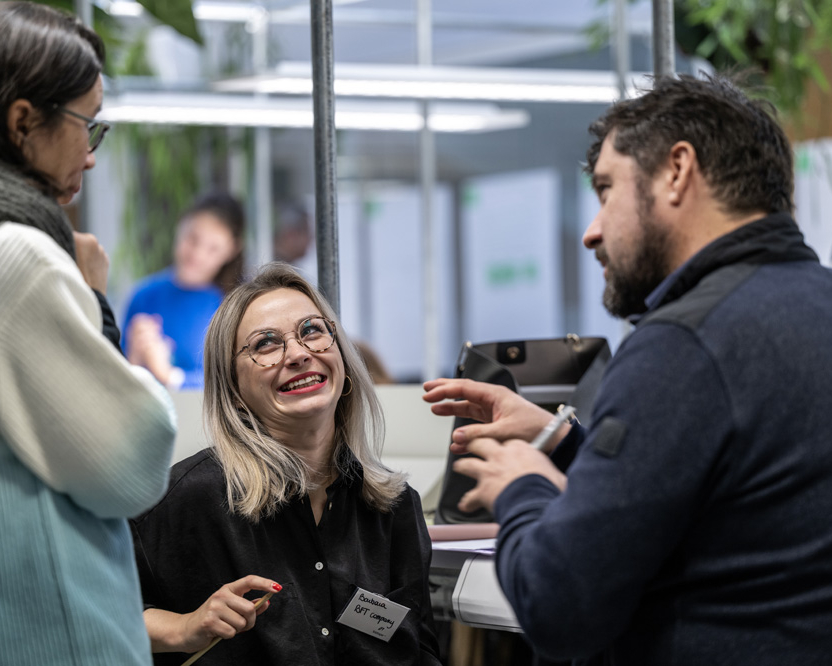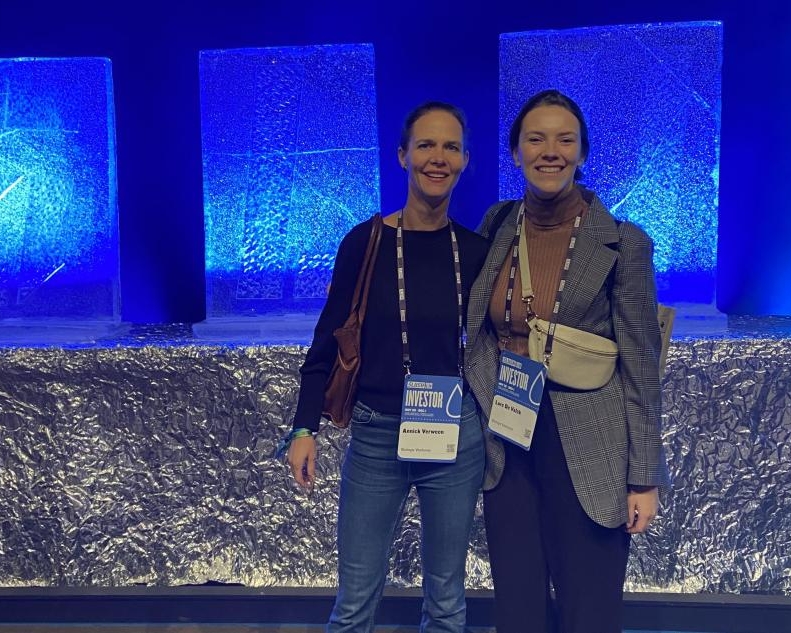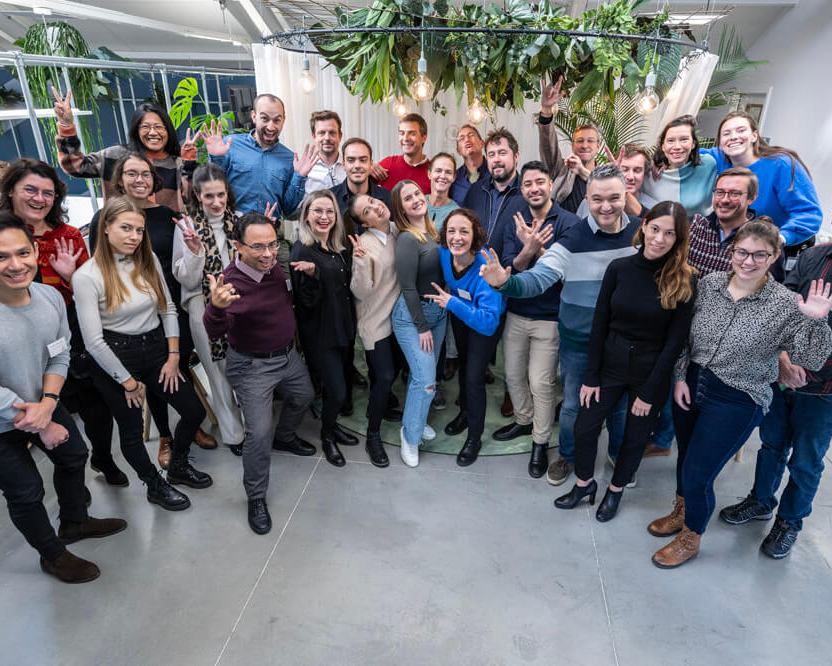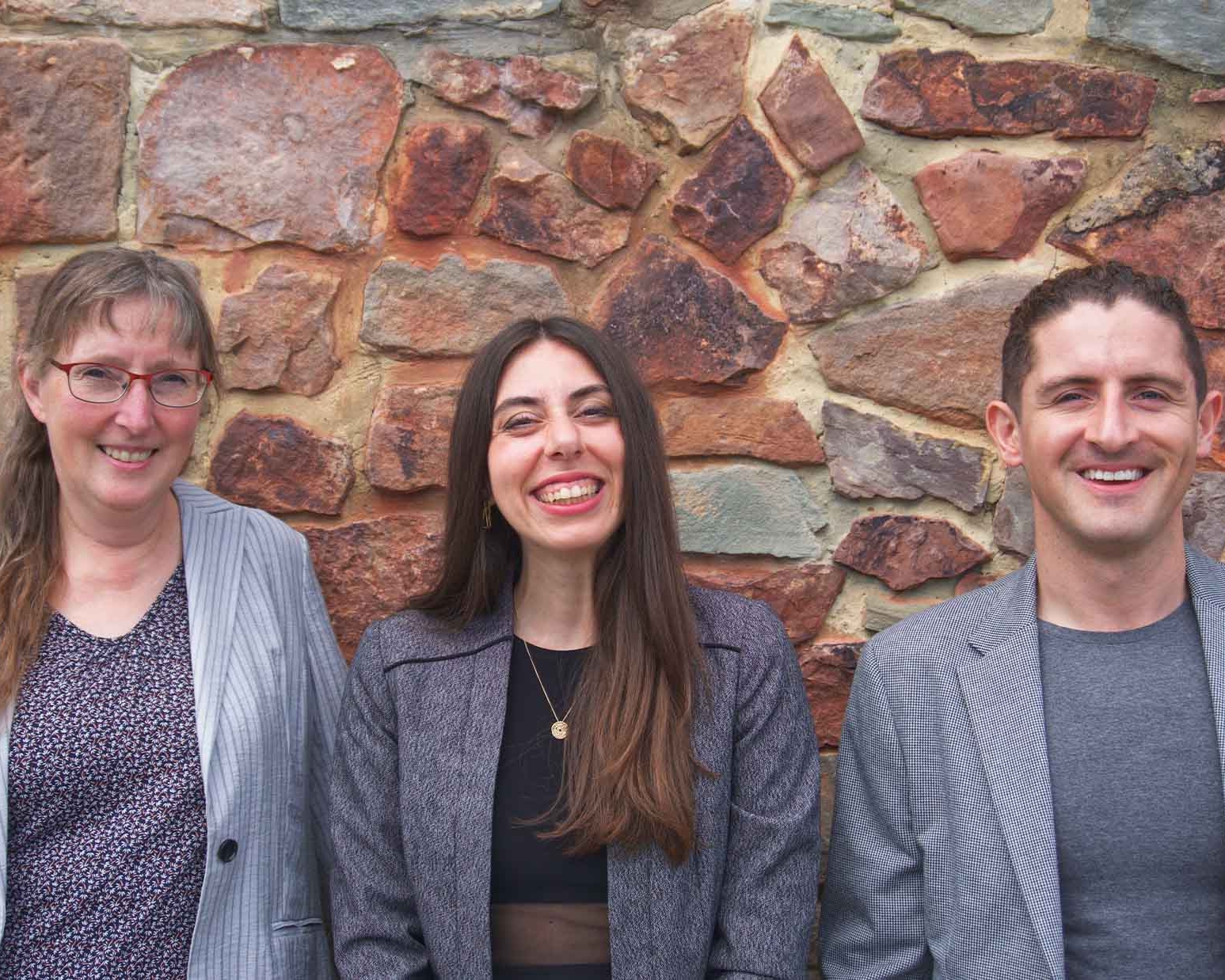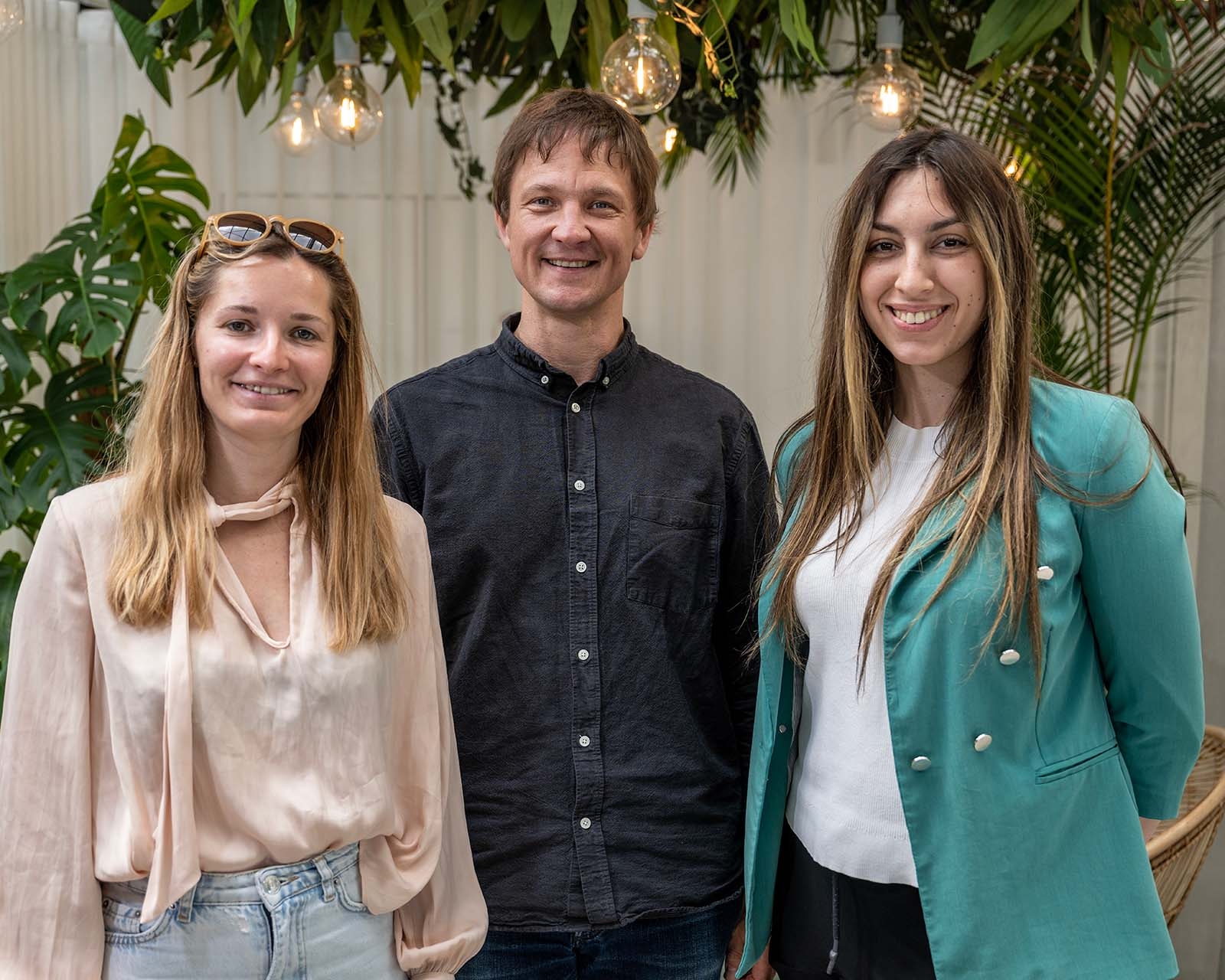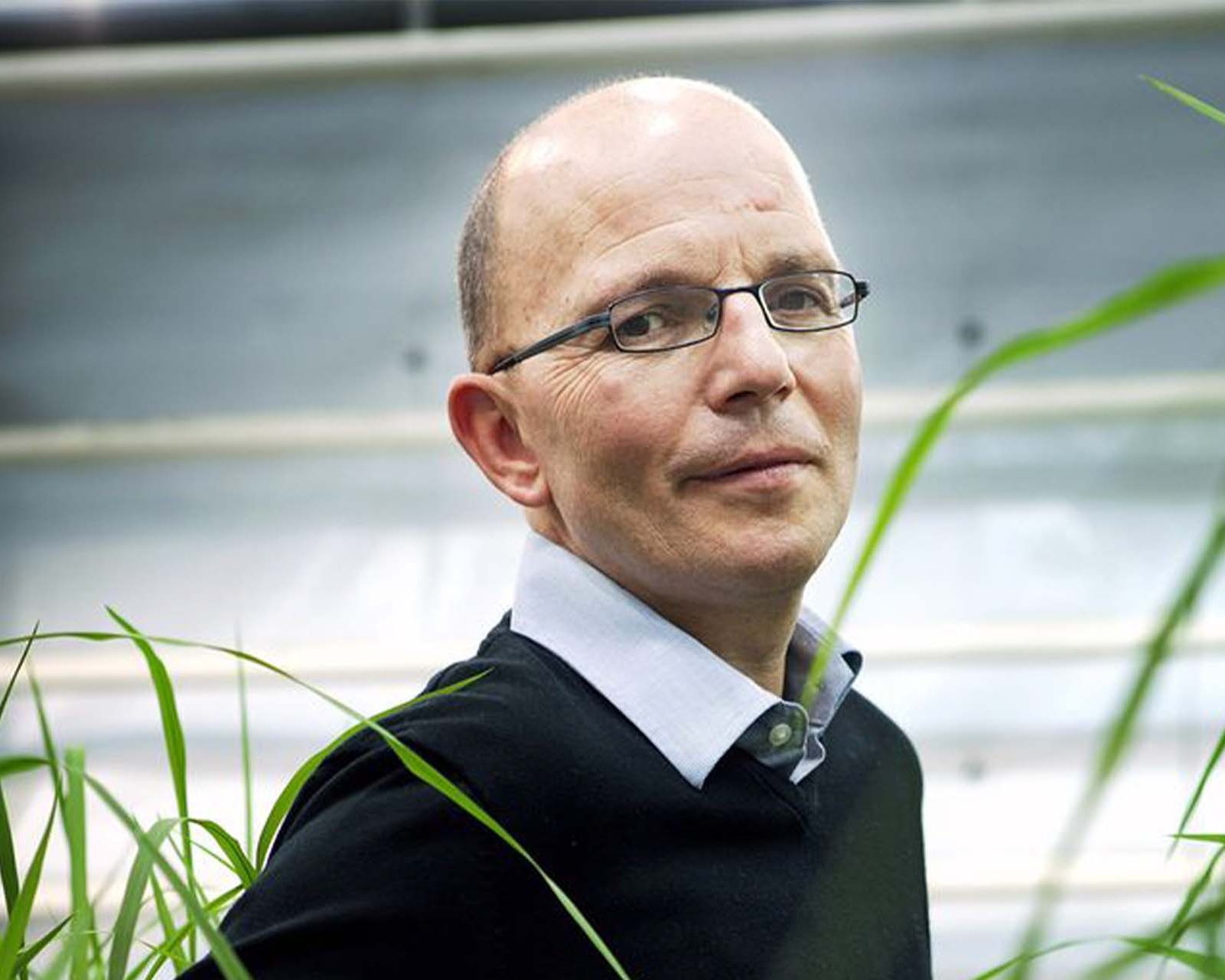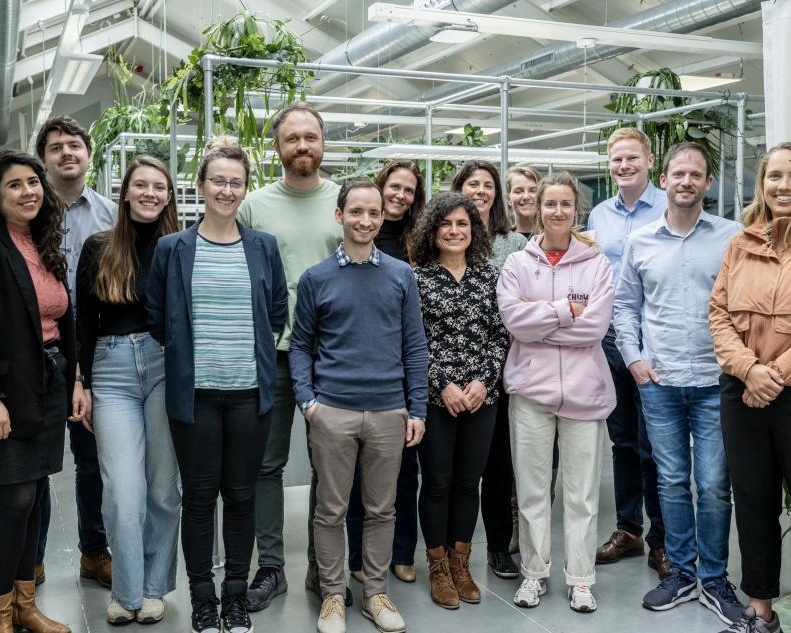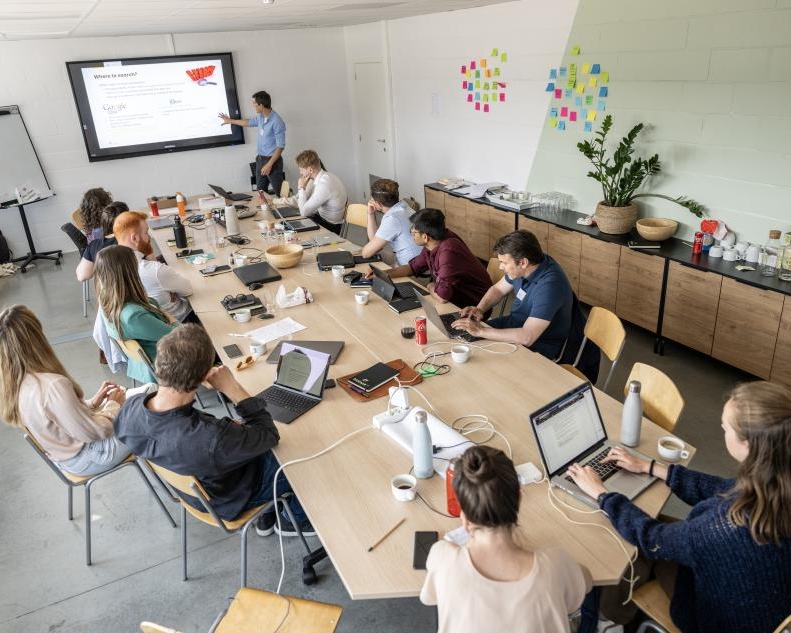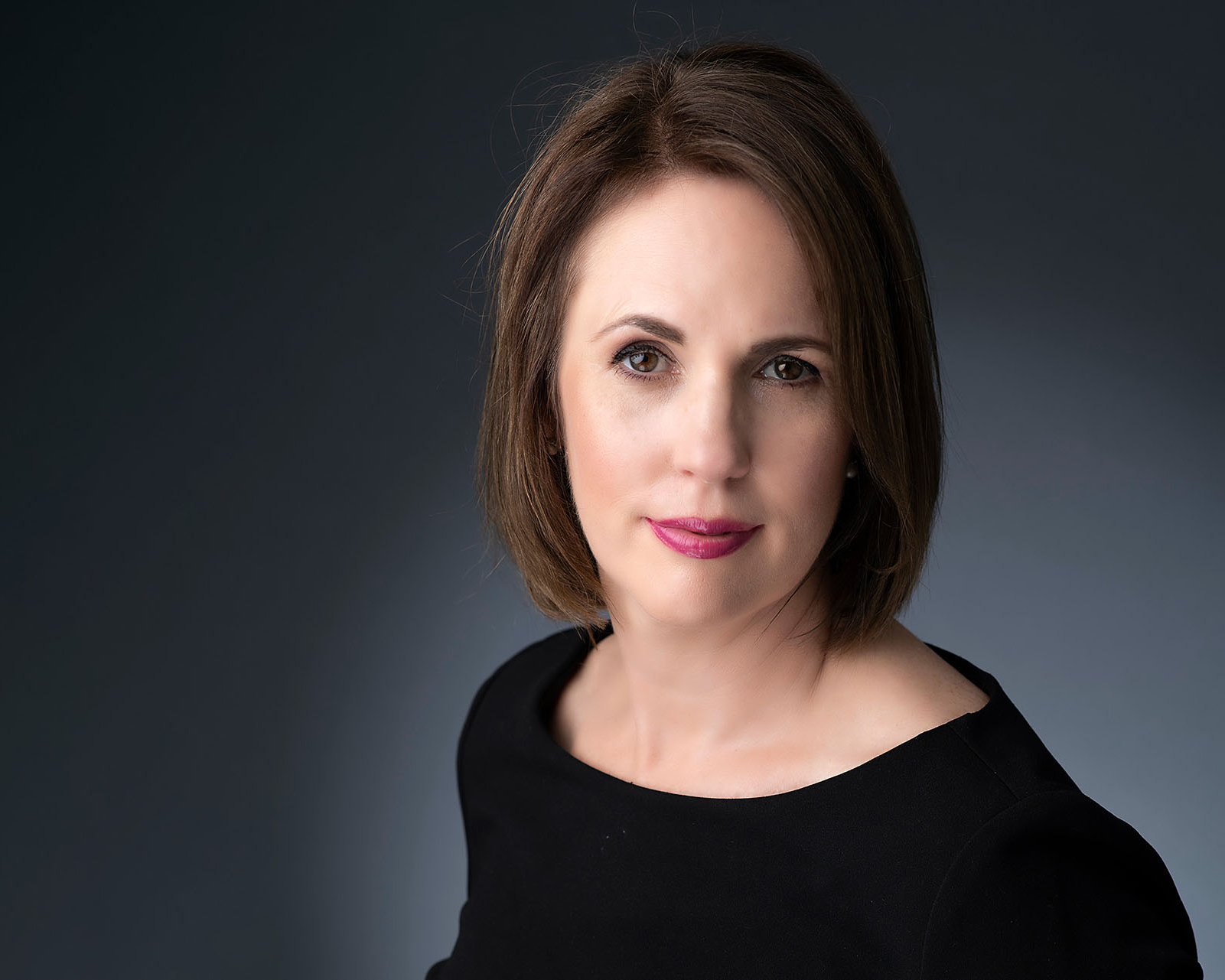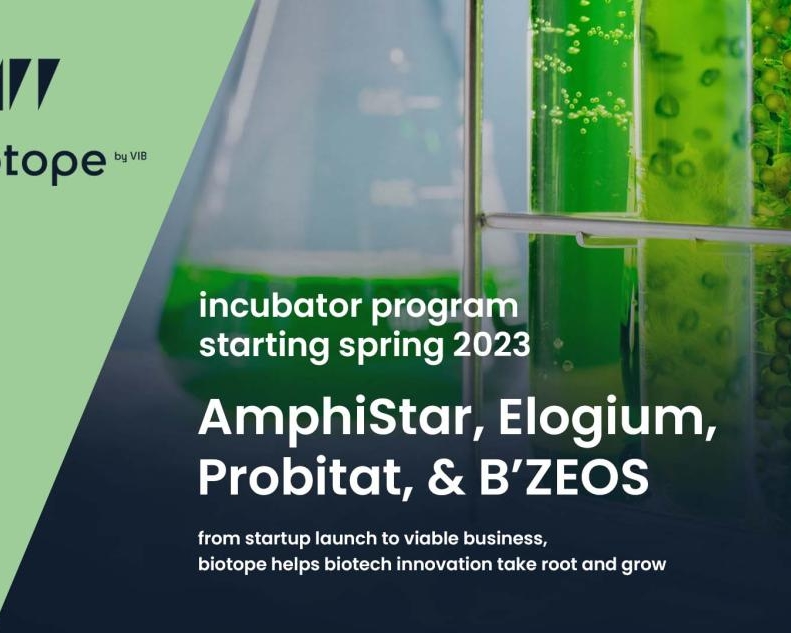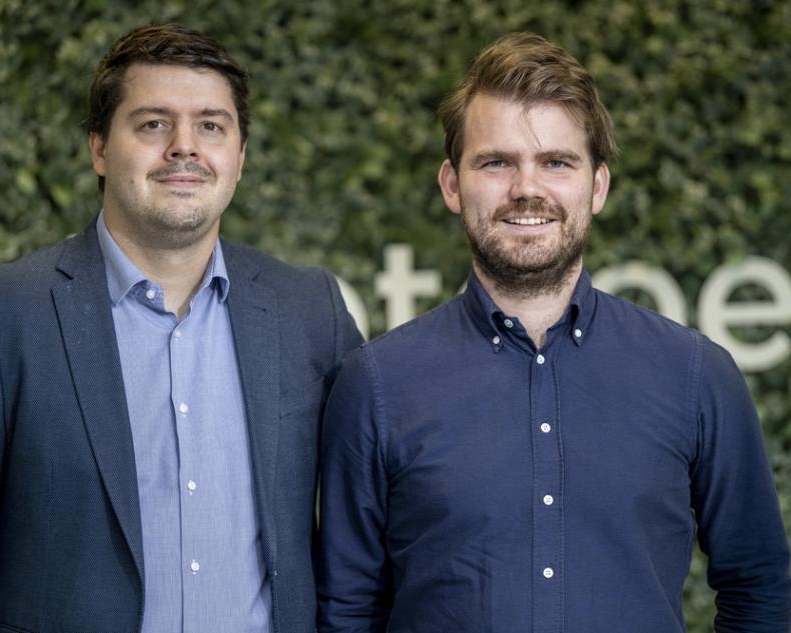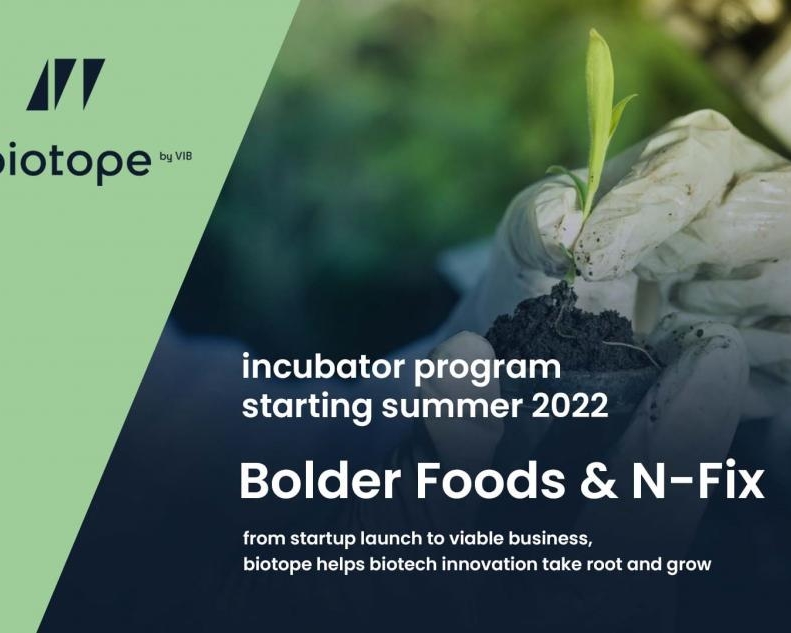In today’s risk-averse climate, investors move cautiously, very cautiously. Deep due diligence on science, IP, regulatory, financials, and legal drags on for months. Annick Verween (Biotope Ventures), Erika Hombert (PINC), and Arnoud Klokke (BII) observe how expectations of startups and investors are often misaligned, creating a self-perpetuating cycle of frustration and delays. It’s up to all of us to break it.
For years, biotech startups were told that raising capital takes six to nine months. That was never entirely true, but in today’s market, it’s even further from reality. In a funding environment that is more risk-averse than ever, founders focused on planetary health are facing longer due diligence processes, shifting investor expectations, and an overall slowdown in capital deployment.
The result? Startups are running out of cash before their funding rounds close, and investors – while quick to show interest – are taking more time than ever before making final commitments.
“As an incubator and early-stage investor, we no longer ask founders when they will start fundraising, but rather, when they will be out of cash,” says Annick Verween, who heads the biotope accelerator and early-stage investor Biotope Ventures.
Erika Hombert, senior investment manager at PINC, agrees: “We’re seeing too many cases balancing way too close to this line.”
“We’re reaching a point of funding timelines, and climate hype cycle, where we simply cannot think as idealistically as we could before,” says Arnoud Klokke, senior associate at BII.
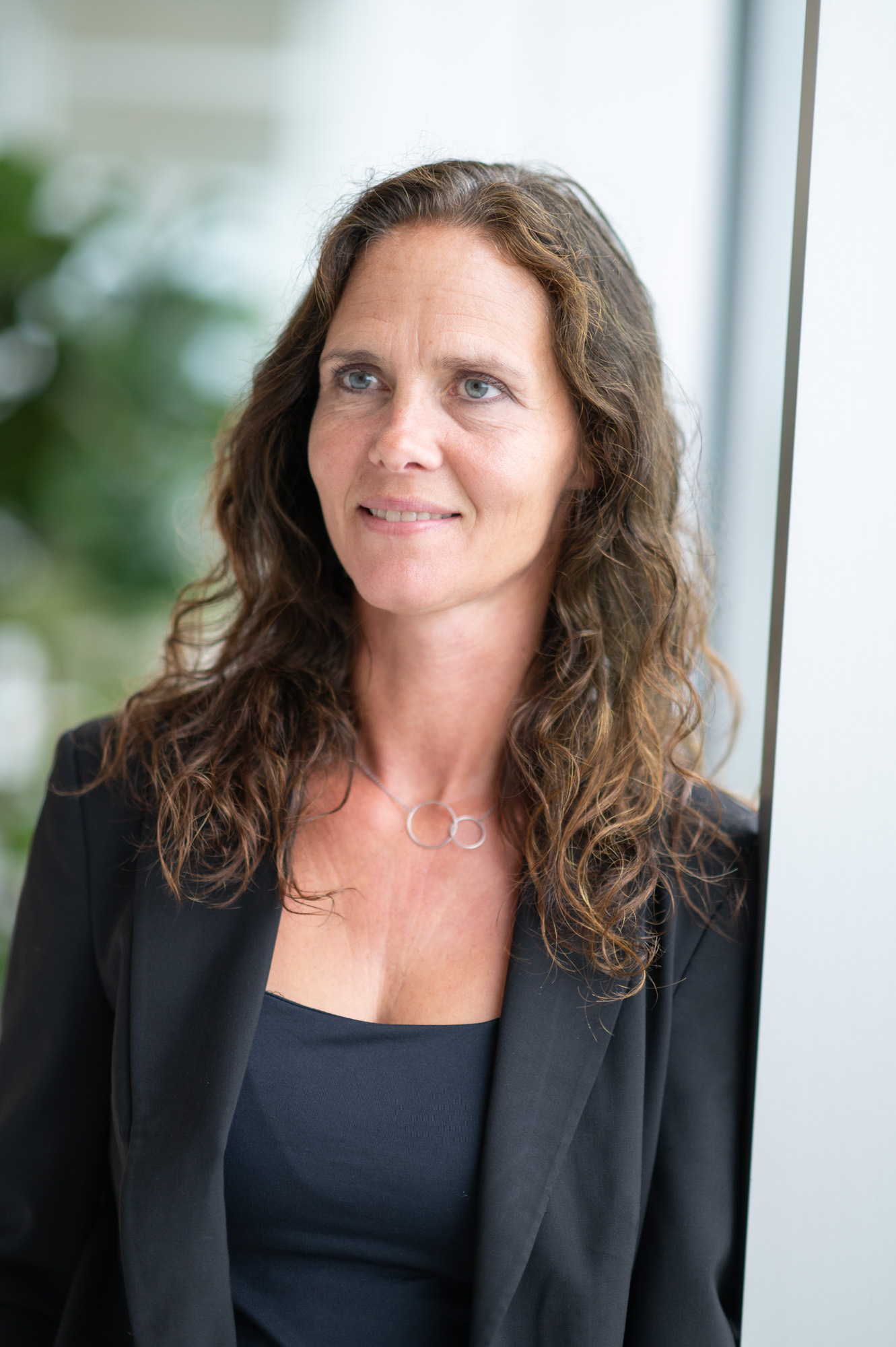
We no longer ask founders when they will start fundraising, but rather, when they will be out of cash.
Annick Verween, biotope
The problem: investors are more risk-averse than ever
Three years ago, biotech and climate tech startups could raise millions with little more than a great team, a compelling pitch, and an ambitious vision. That era is over.
Structural changes in the investment landscape caused a shift. In Agrifood, deal count dropped 24% year over year, and investors predict “chaos,” “uncertainty,” and “short-term decision making” for 2025 (Global Agrifoodtech Investment Report 2025). In climate tech, a significant portion of capital now comes from first and second-time funds, vehicles still under pressure to prove themselves to LPs with quick and strong returns.
“Many investors have been burned by companies that scaled prematurely,” says Klokke. “We’re seeing a pullback from big bets on unproven scalability. Facilities built too soon are now sitting idle. So the ask has become harder: favorable cost positions, solid margins, scalable sales pipelines with proven product-market-fit have all become non-negotiables before unlocking significant investment, even in early-stage deals.”
This means, paradoxically, that early-stage investors, who are by definition funding riskier ventures, want to derisk as much as they can. They ask for guarantees that many early-stage startups simply cannot yet provide. From signed offtake agreements to precise unit economics, investor expectations are increasingly shifting into territory once reserved for later stages.
“There’s a clear trend of needing a higher level of business case validation up front,” says Klokke. “Founders can no longer rely on loose assumptions or hand-wavy claims about product-market fit. Especially in bio, we see companies stumble because they have difficulties articulating their value proposition in a clear, simple and quantifiable manner.”
At the same time, startups themselves often overestimate their ability to raise capital, believing they will replicate the success of companies that “easily” raised large rounds in the past. However, those companies raised in a fundamentally different market, where capital was abundant, and investor FOMO drove fast decision-making. Today’s funding environment is cautious, meticulous, and far less forgiving.
“There’s a clear trend of needing a higher level of business case validation up front. Founders can no longer rely on loose assumptions or hand-wavy claims about product-market fit.
Arnoud Klokke, BII

Hard truths and helpful tips to fundraise in 2025
In this tougher environment, founders can’t afford to rely on optimism alone. To maximize their chances, they need to be strategic, realistic, and relentlessly prepared instead of only overselling what they have. That means understanding investor dynamics, managing internal resources wisely, and staying ahead of the process rather than reacting to it. Below, we share some of the most important lessons we’ve learned from working with dozens of early-stage biotech and climate tech startups navigating today’s complex fundraising landscape.
1 / A term sheet is not a payout
Biotech startups that begin raising 12+ months before they need capital are not being overly cautious. Yet even those who start early are facing significant delays. Many founders still mistakenly believe that once they sign a term sheet, the hard part is over. The reality is quite different. A term sheet is just an agreement to start due diligence, not an agreement to wire funds.
Verween recounts one striking, but sadly not isolated, example: “This startup started preparing its next funding round well over a year ago. The team did everything by the book: they secured early interest, built a strong investor consortium of credible partners, and moved into what should have been the final stages of closing the round. They even pursued bridge financing to keep their R&D moving while the larger deal was being finalized.”
More than twelve months later, that bridge financing has been completely used up. “Despite all the effort, all the right signals, and all the commitments on paper, the company had just €500 left in the bank – and no clarity on when the funds would finally arrive.”
This is not a failed company, nor is it poorly run, says Verween: “It’s one of the better examples: solid science, proven data points & ample business acumen.”
Hombert says she’s witnessed the same scenario play out: “The time from term sheet to closing is dragging, which sets the whole business plan you’re investing in at risk of delays.” It’s surprising to her and her colleagues at PINC. “For us, it’s all hands on deck and full speed ahead once we sign a term sheet.”
2 / Never open a round without a lead investor
Investors rely on social proof. Without a lead investor, everyone is waiting for someone else to validate the deal.
Startups that waste time pitching to “follower” investors before securing a lead often find themselves stuck in endless discussions that lead nowhere. Our advice would be to focus all efforts on securing a strong lead first, one with the credibility to bring others on board.
Even then, be cautious. A lead investor can still back out last minute, so diversifying conversations and having alternative options remains essential.
“In the food sector, where we operate, there’s been a vacuum of lead investors ever since the generalists pulled back to other segments,” says Hombert. “This creates a problem especially in seed, where you can’t close the round with business angels, government funding, and microfunds only. Investors who are willing to take on the heavy lifting, such as legal and closing work, as well as actively contribute post-investment through board work, are essential for a thriving ecosystem.”

“Investors who are willing to take on the heavy lifting, such as legal and closing work, as well as actively contribute post-investment through board work, are essential for a thriving ecosystem.”
Erika Hombert, PINC
3 / Data rooms are as much for founders as for investors
Startups often invest significant time preparing detailed data rooms, only to feel like investors barely glance at them. But that doesn’t mean they’re not important.
In reality, most investors begin by scanning to check if the key documents are there. Deeper analysis only happens as discussions progress. This creates a perception gap: founders feel overlooked, while investors are simply pacing their due diligence.
But a well-prepared, content-rich data room still matters. It builds confidence in the startup’s professionalism and readiness, and serves as a powerful internal tool to sharpen the company’s equity story. “Organizing your data room forces clarity,” says Klokke. “It’s a chance to reflect on your positioning, assumptions, and what you really need to raise the next round.”
Still, Verween advises strategic focus. “Don’t assume that perfect formatting will close your round. Prioritize the content that addresses investors’ biggest questions, especially in the early stages. You don’t want to look back and realize you spent precious time and resources on something potential investors are indifferent about.”
4 / Fundraising is more than a full-time job
Many startups underestimate just how much time and effort fundraising requires. In reality, it is a full-time job for the CEO, often for a very long time. Every investor conversation, follow-up, and document request adds up, taking critical time away from product development, R&D, and business growth. Startups need to plan for this reality, says Hombert.
“Fundraising is a time management double bind for startup CEOs, it’s like trying to sprint through a marathon. This is why I always advise to start earlier than you think and to set up a plan with your team about what tasks you will delegate until the round is closed. As a partner to a second-time entrepreneur, I’d also advise to talk through what this means for your private life and how you can support each other to work as a team.“


5 / Ask for clarity, expect honesty
Founders aren’t the only ones with work to do, stresses Hombert. Investors also need to be more transparent about their process and intentions. One often overlooked tip for founders, says Hombert, is to ask structured questions about the investor’s internal process.
“What exactly is required for an investment decision? Will there be time needed on their side to compile documentation, such as an investment memo? What due diligence follows the initial decision – financial, legal, scientific? Will there be another IC meeting required post-diligence? If it’s a follow-on investor, will they rely on the lead investor’s due diligence, and if so, what is that lead willing to share?”
These questions not only help startups track progress and forecast outcomes, she says, but also encourage mutual accountability in a process that often leaves founders in the dark.
Verween adds investors should avoid leading on startups if they are not truly committed: “Too often, investors engage in extensive conversations with startups without a strong intention to invest. At the same time, startups hesitate to push back, fearing they will be perceived as uncoachable. This power dynamic must shift if the ecosystem is to function more efficiently.”
Many investors avoid giving a firm “no”, preferring to keep a door open just in case, without a real intent to follow through. “Too early” has become a catch-all that masks more uncomfortable truths: they have doubts about the team, the tech, or the business model.
Hombert: “I always encourage startups to ask again for a clear reason when they hear they are ‘too early’. Founders deserve better than vague brush-offs.”
6 / Rethink your capital stack
Founders often fixate on equity fundraising, but in today’s climate, equity alone won’t be enough. A healthy capital stack mixing grants, convertible notes, milestone-based public funding, and early revenues can help buy time, extend runways, and make startups more resilient in today’s slower market.
“Structuring this mix strategically makes the difference between stalling out and surviving,” says Klokke.
This is particularly important in climate and biotech, where timelines are long and capital requirements are high. Founders should proactively consider who should fund what, at what stage, and under which expectations. Not every step needs to be equity-financed, and not all capital needs to come from the same source.
While there is no one-size-fits-all in terms of how to align funding instruments with a startup’s maturity level, clearer thinking about the capital stack can ease pressure on both startups and investors.
The bottom line: we need mutual reality checks
The current misalignment between startups and investors is creating a self-perpetuating cycle of frustration. Investors expect startups to prove everything upfront, while startups expect investors to move faster than they realistically will. But the funding landscape has changed, and ignoring that reality will not make money arrive faster.
Founders must realize that bold ideas and slick slides alone won’t close a round. They need validated business models, proof points, and a clear equity story. And yes, that means starting fundraising earlier than ever before, preparing for lengthy due diligence, and thinking beyond equity alone.
Investors, meanwhile, must remember that their role is to take early risks and to support the bold ideas that drive progress. While careful diligence is necessary, prolonged timelines and shifting expectations are putting viable startups at risk. “Keeping the door open” is not neutral but harmful and, in fact, unethical.
What’s also true: we’re still collectively learning. In climate and biotech, we’re helping rebuild entrenched, conservative industries with no clear playbook. From food and materials to mining and biomanufacturing, each subsector brings different timelines, business models, and risk profiles. The road to commercialization and the checkpoints along the way are being drawn in real time.
Alignment of expectations won’t fix everything, but it can prevent unnecessary failure. Because when the process breaks down, not because of bad science or poor execution, but because the timeline simply outpaced the runway, we all lose.
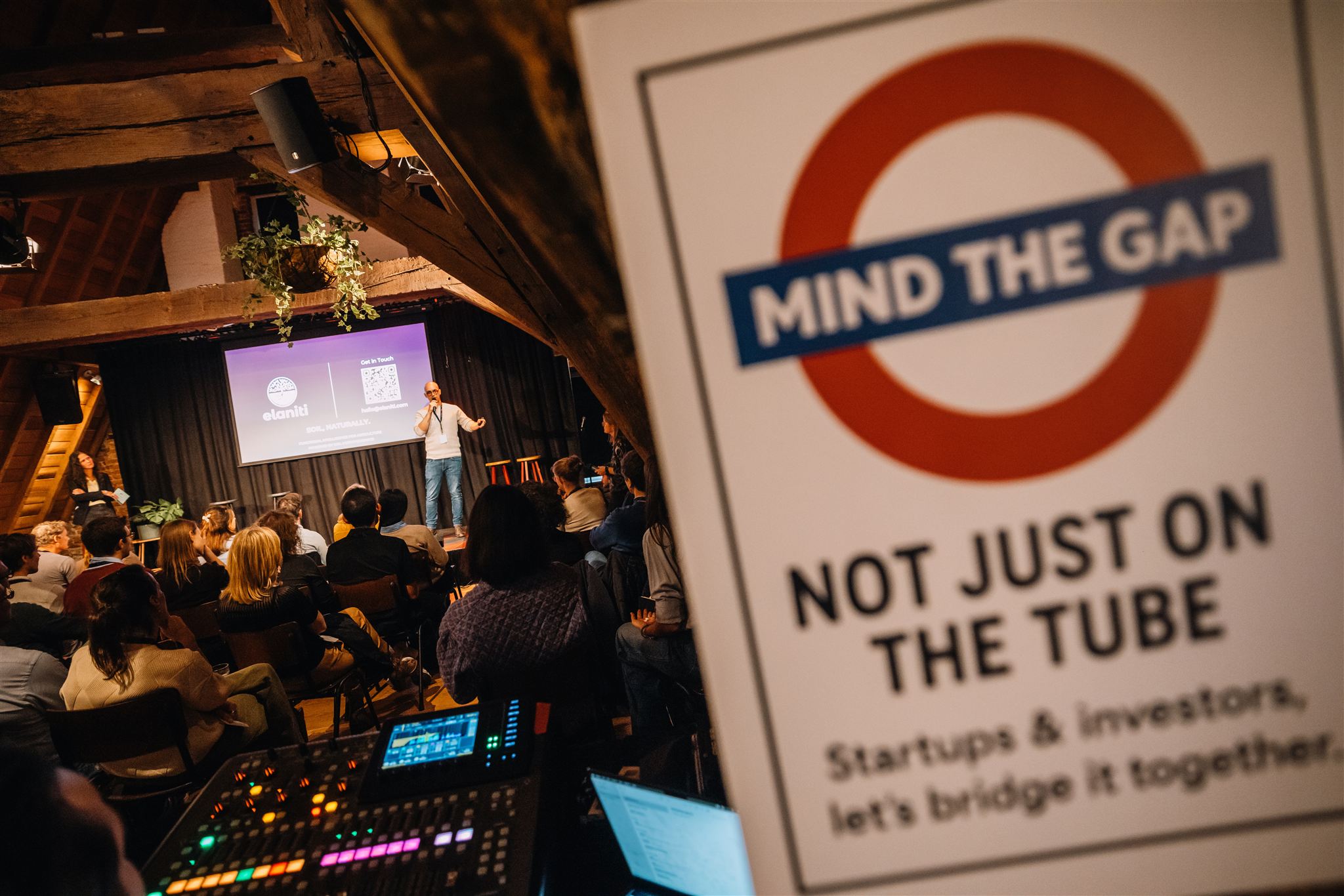
A shorter version of this article appeared as an op-ed in Impact Loop
More News
Typcal is brewing the future of pragmatic protein
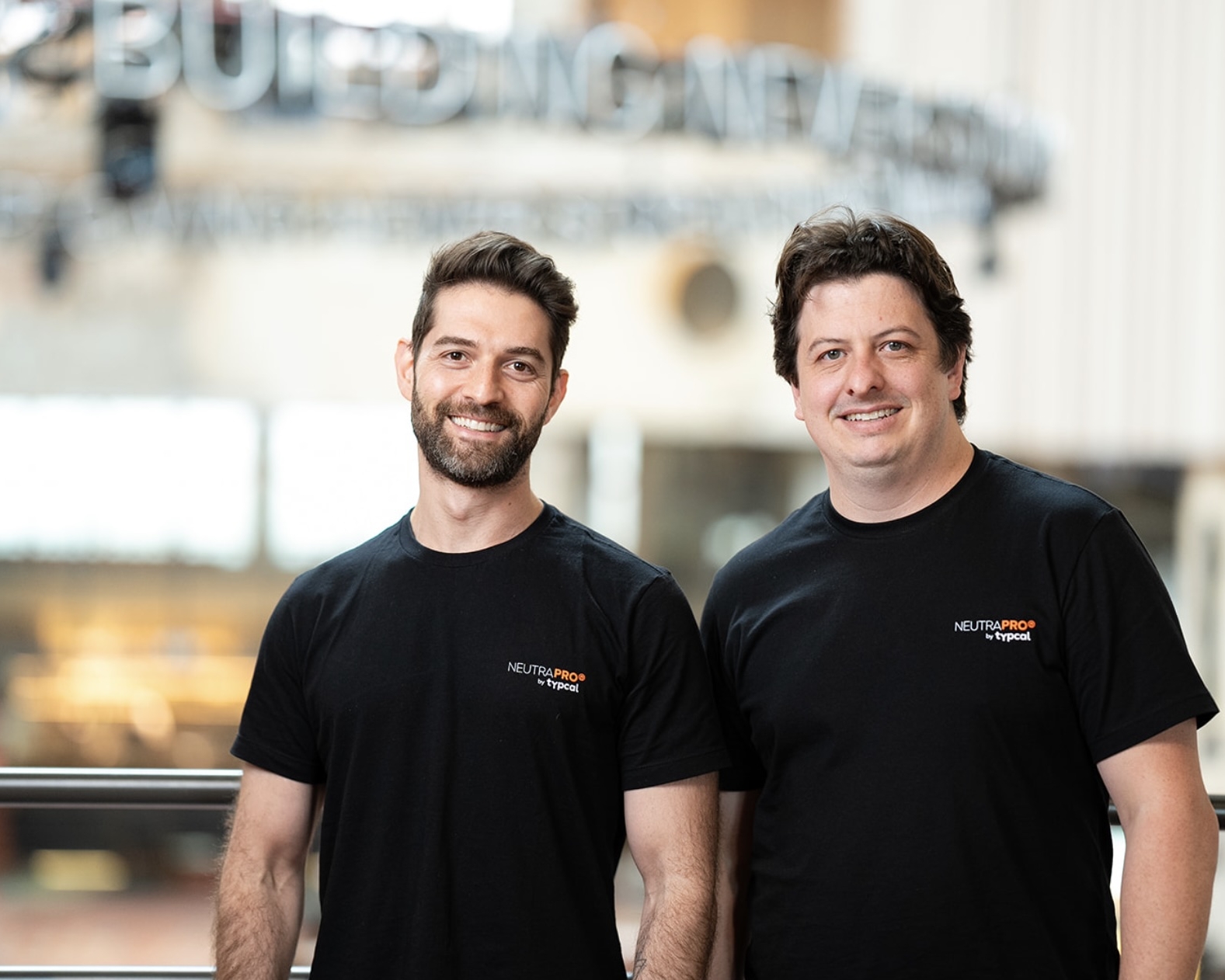
AmphiStar secures €12.5m EIC funding

biotope recap: Summer edition
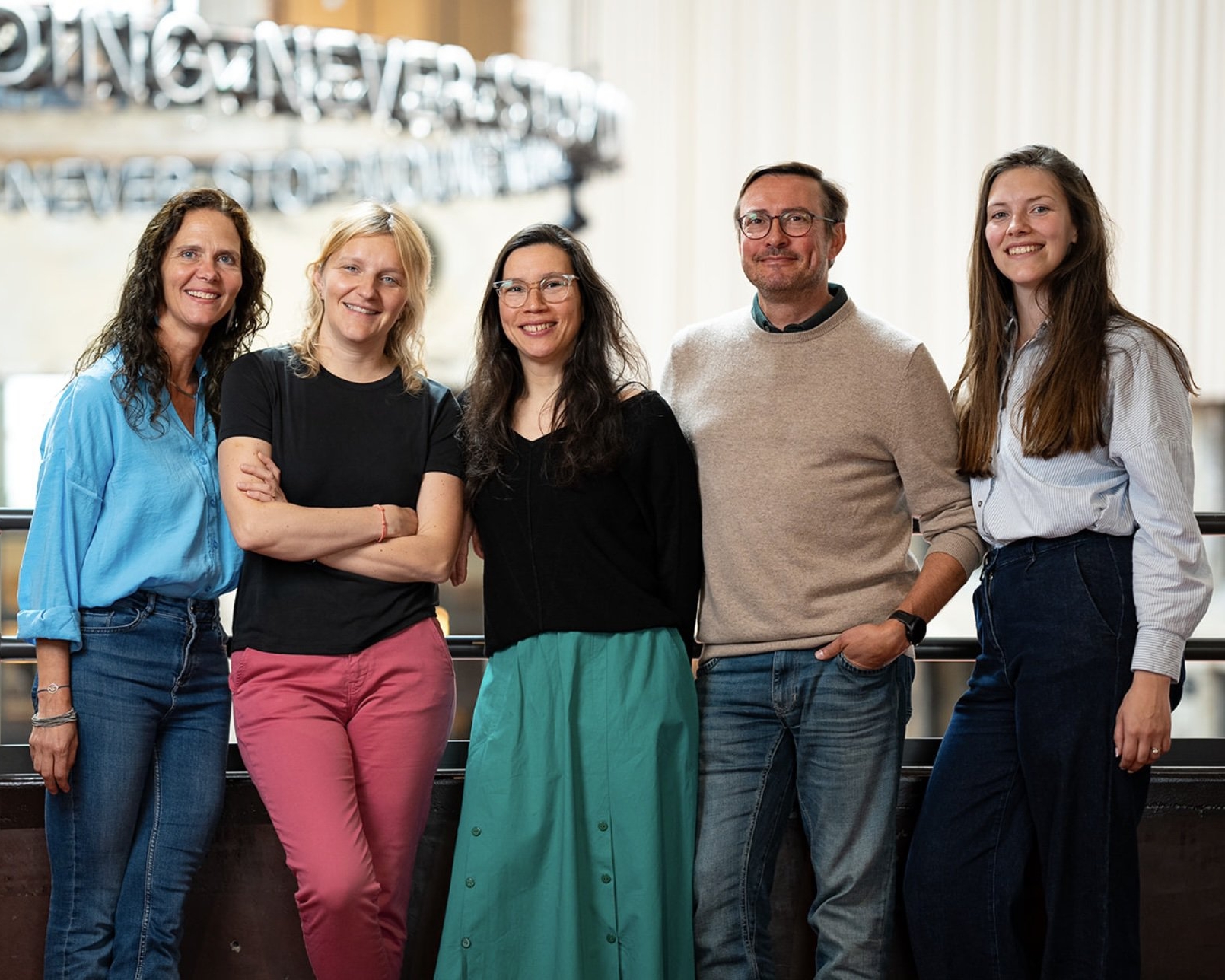
Annick Verween on the VCo2 podcast

2024 wrapped
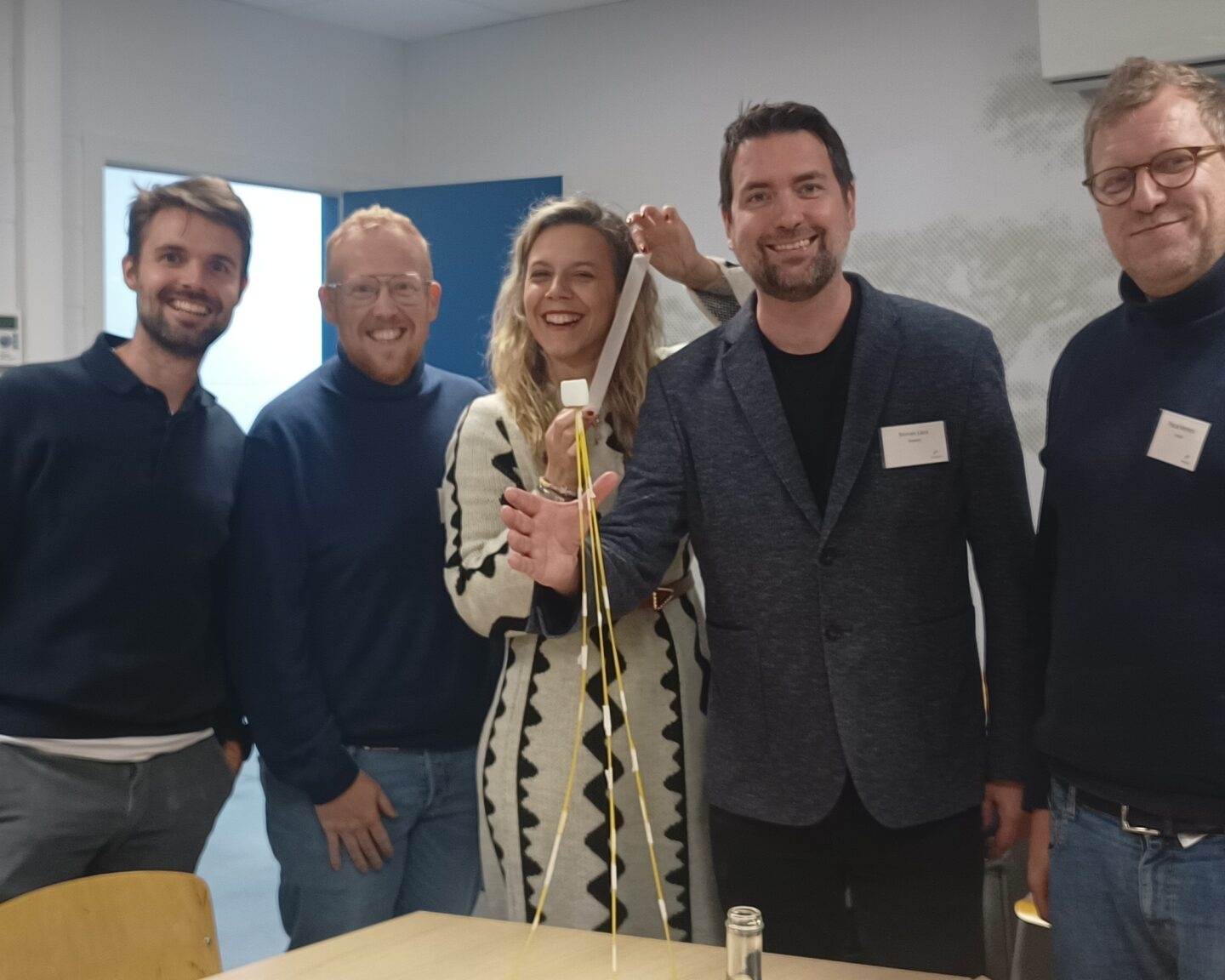
Networking with cohort six
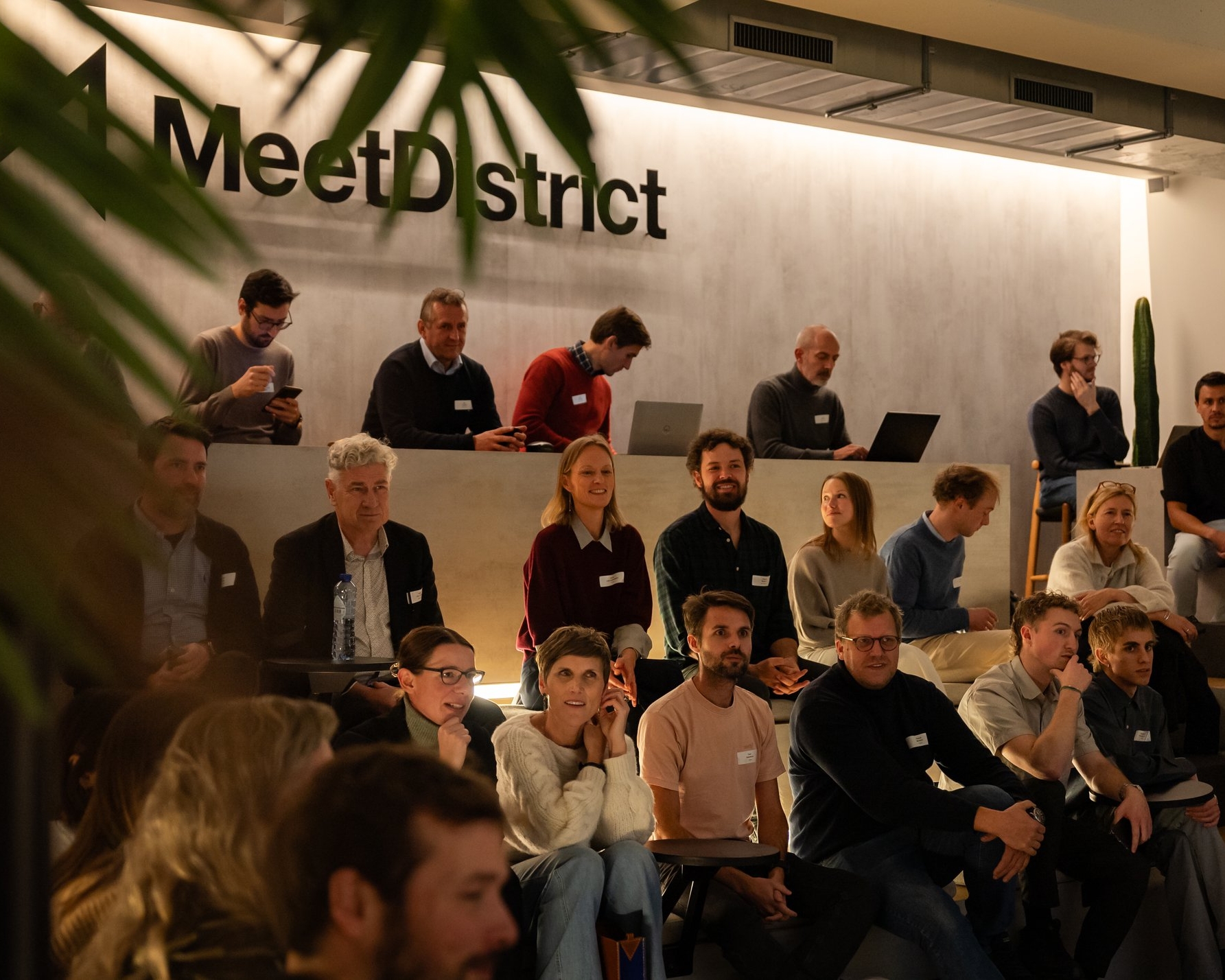
B’ZEOS celebrates seed round milestone

Tackling food waste at its source
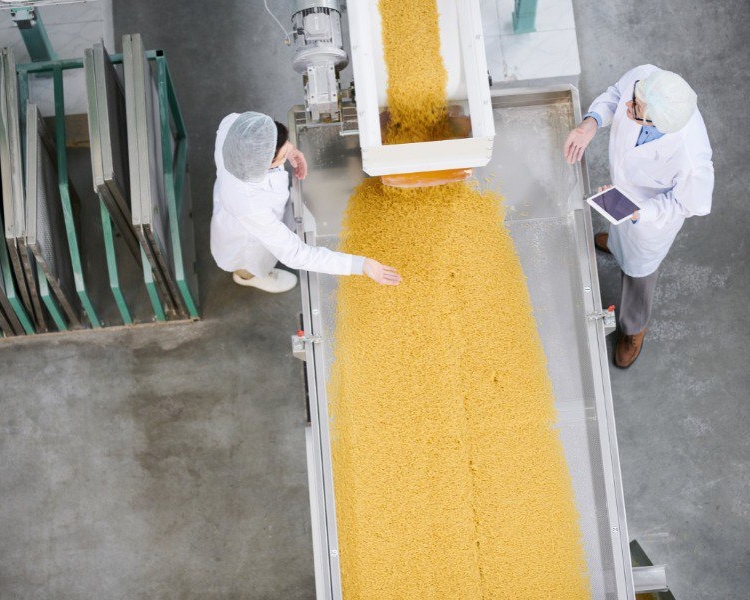
The value of good mentors
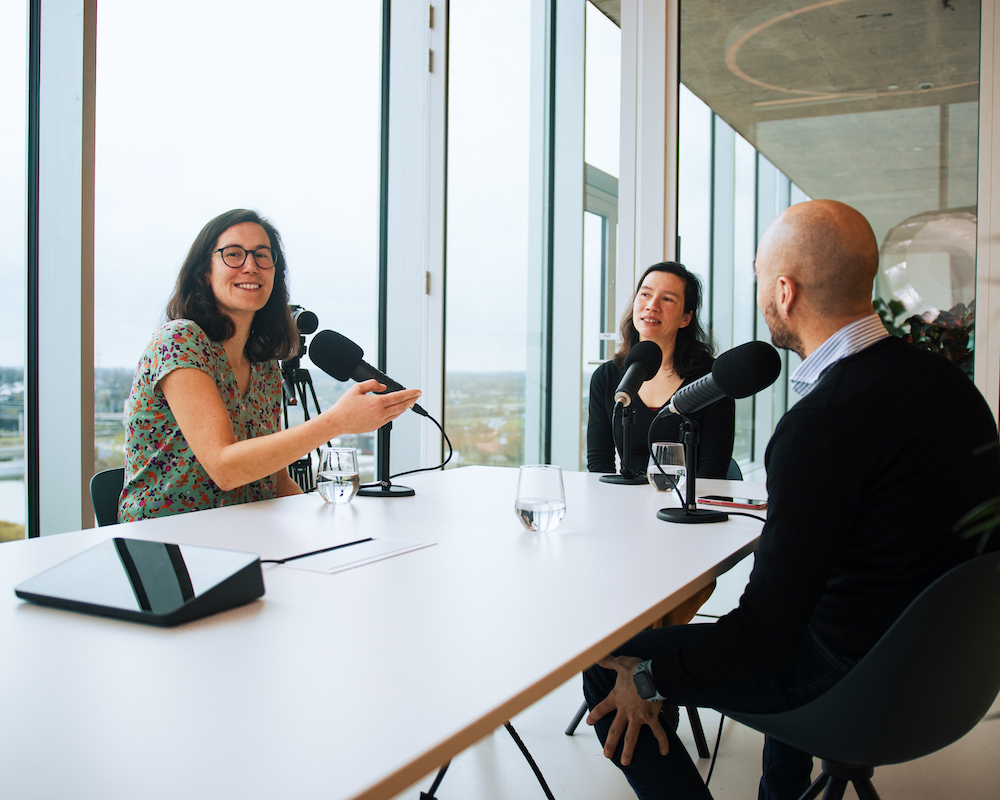
Meet our Spring ‘24 cohort
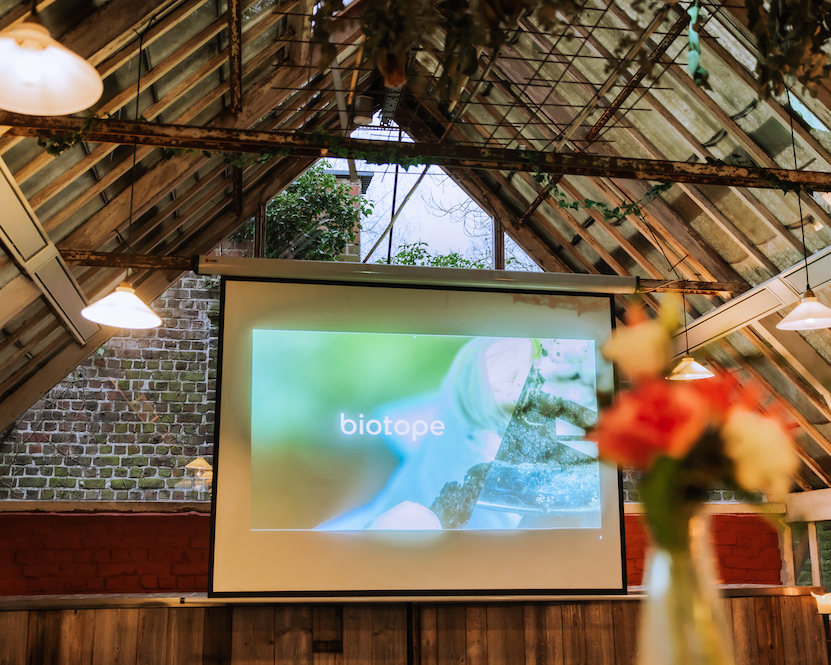
His son’s allergy turned this father into a founder
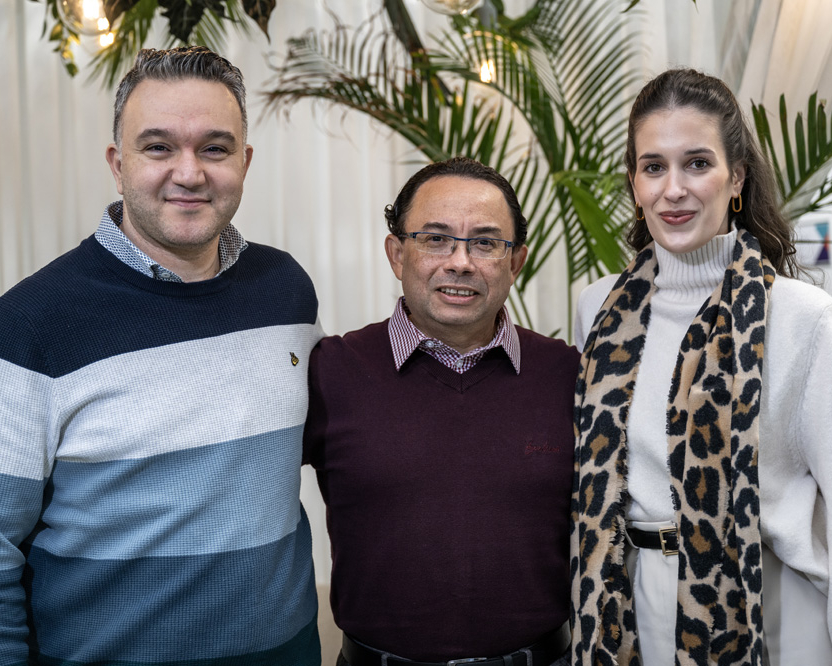
FlyBlast: on a mission to solve meat
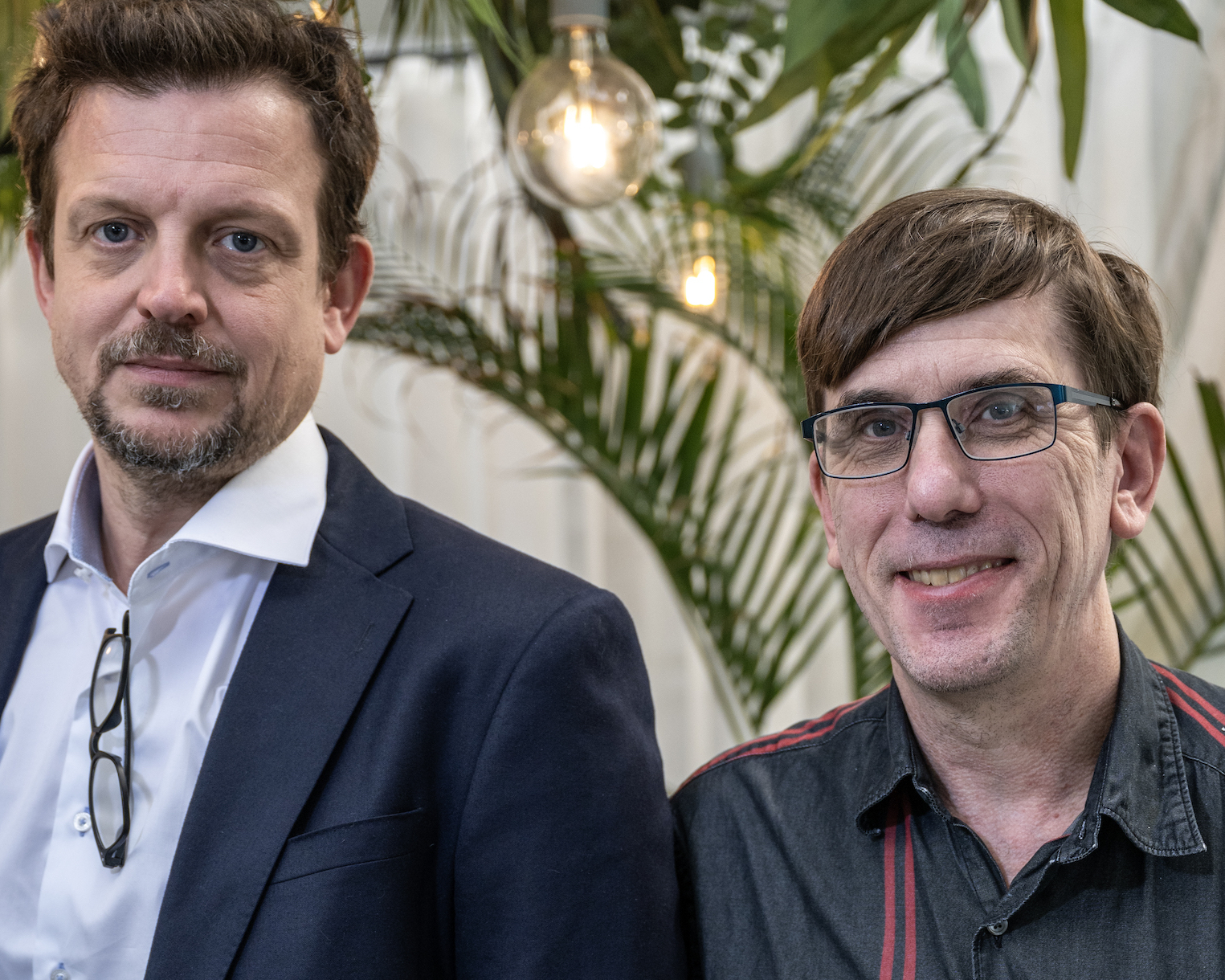
Biosurfactants from food waste? Meet AmphiStar
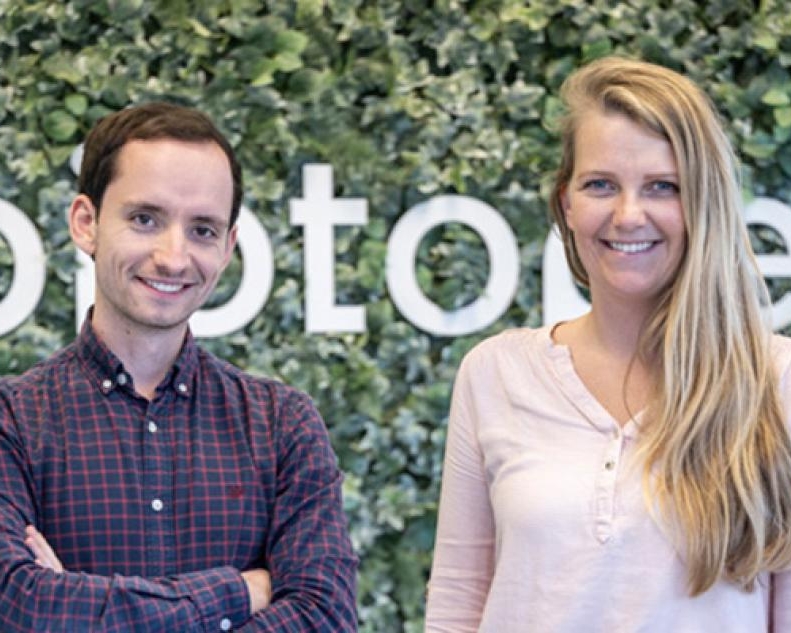
Probitat interview
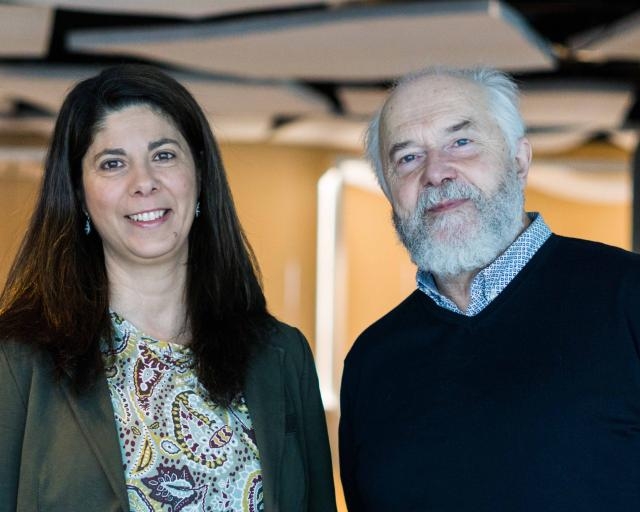
B’ZEOS: sustainable packaging made of seaweed
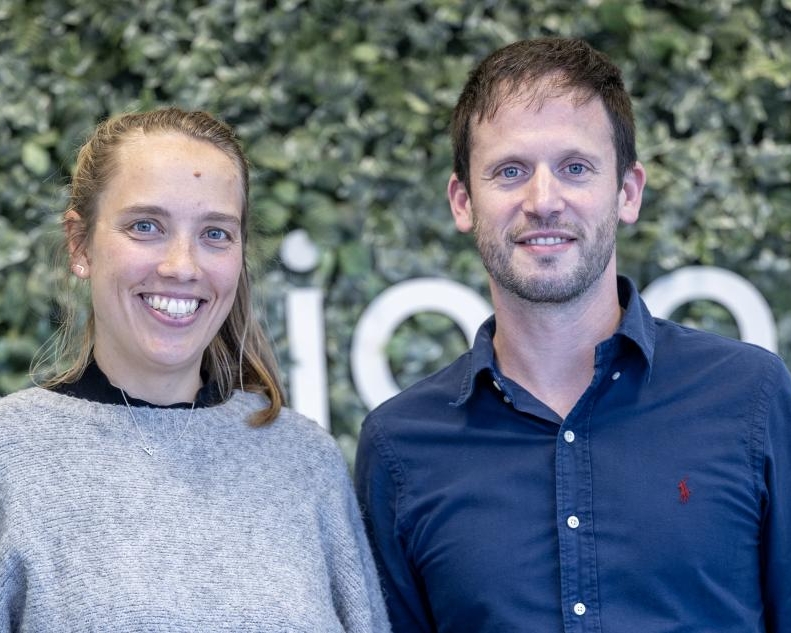
Elogium: Poultry probiotics for safer food
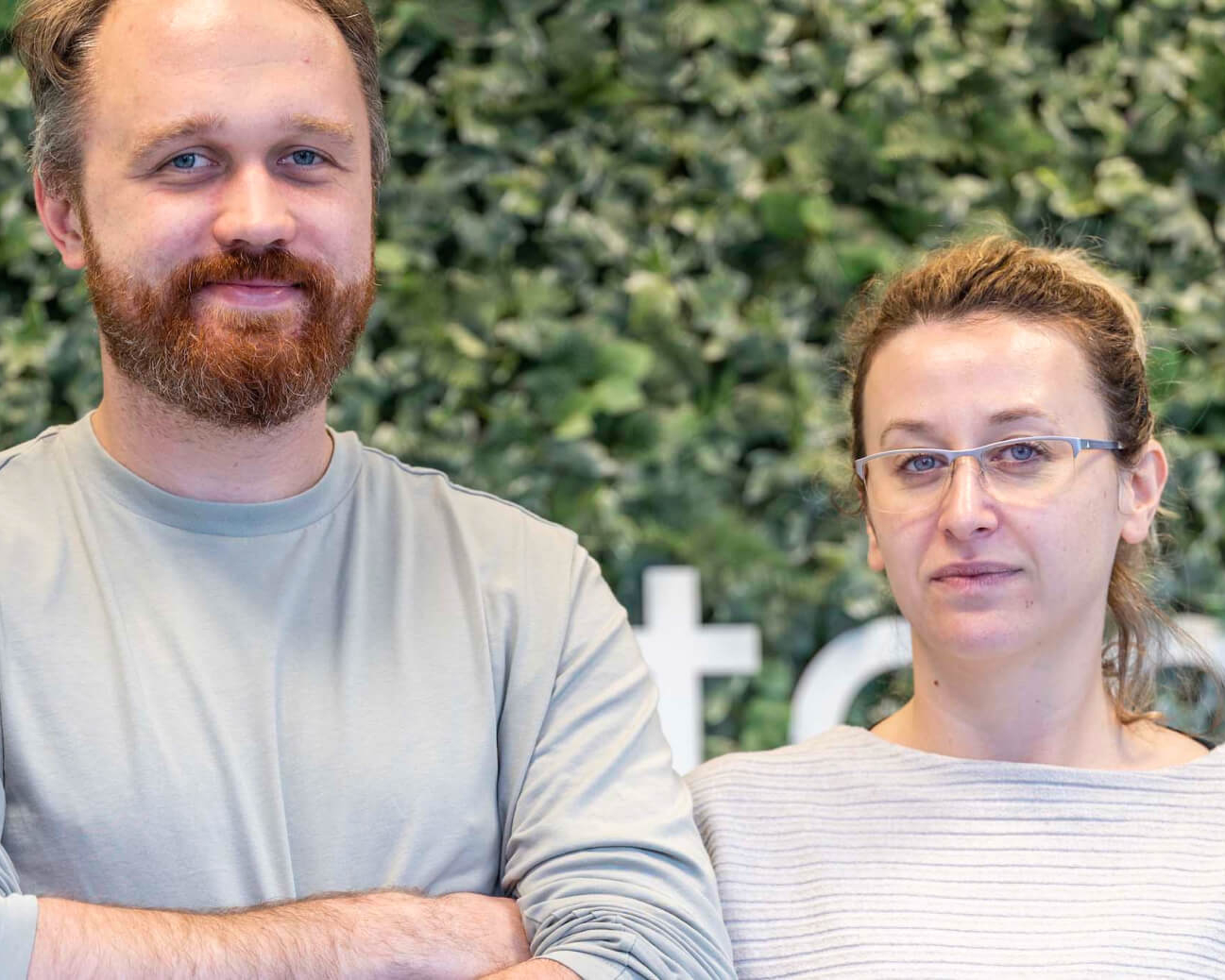
Launch of Biotope ventures fund
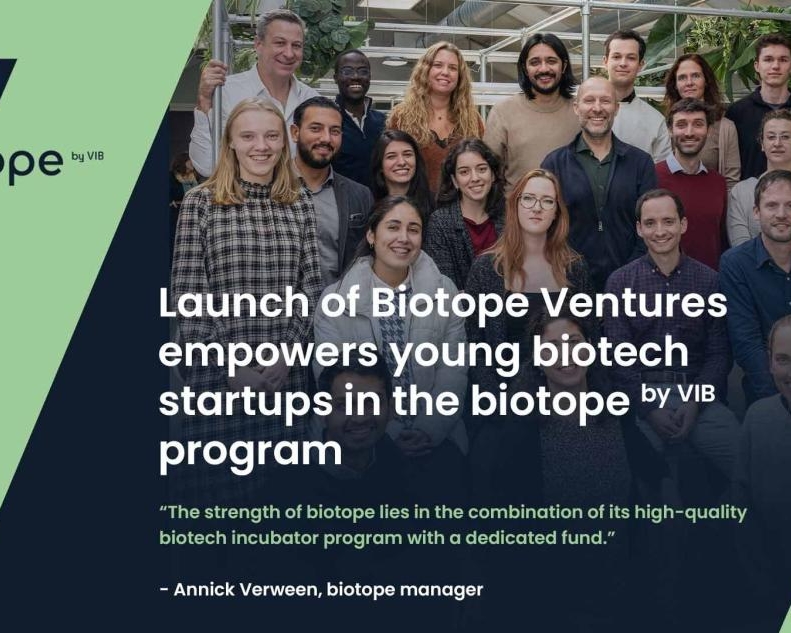
Bolder Foods: non-dairy cheese for a better world
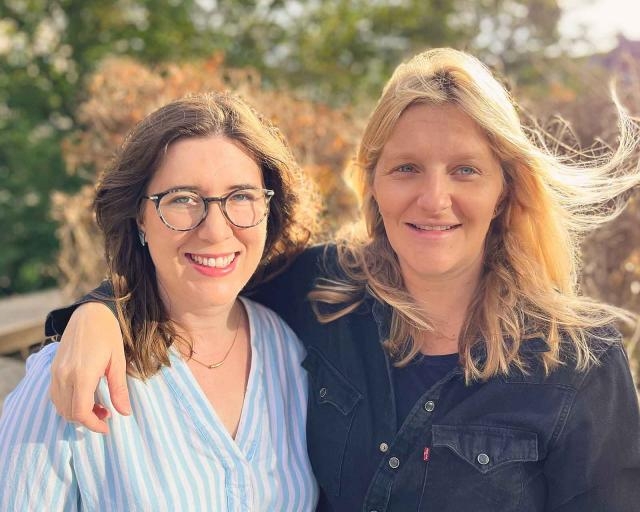
BioVox article
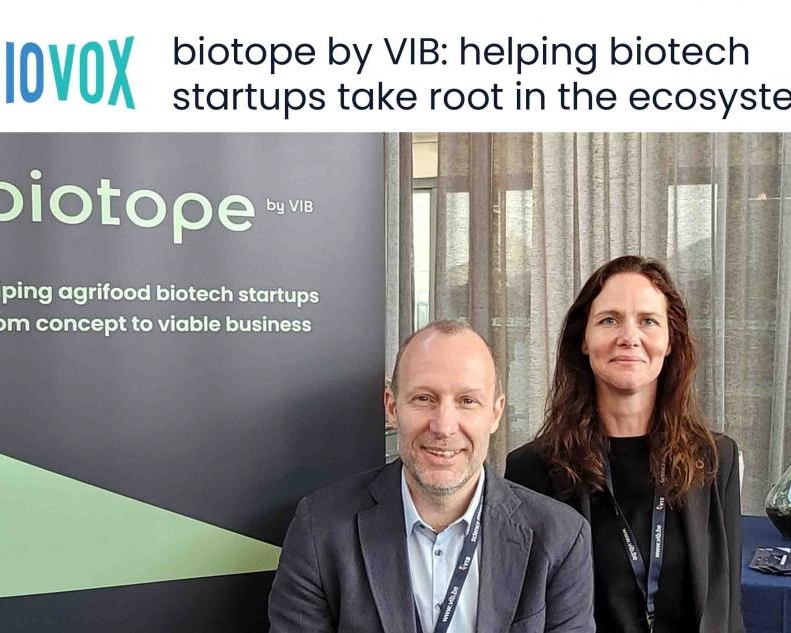
Have you got what it takes?
- Pressure-test your biotech with expert feedback
- Align your team and sharpen your strategy
- Turn your startup into an investment-ready business
